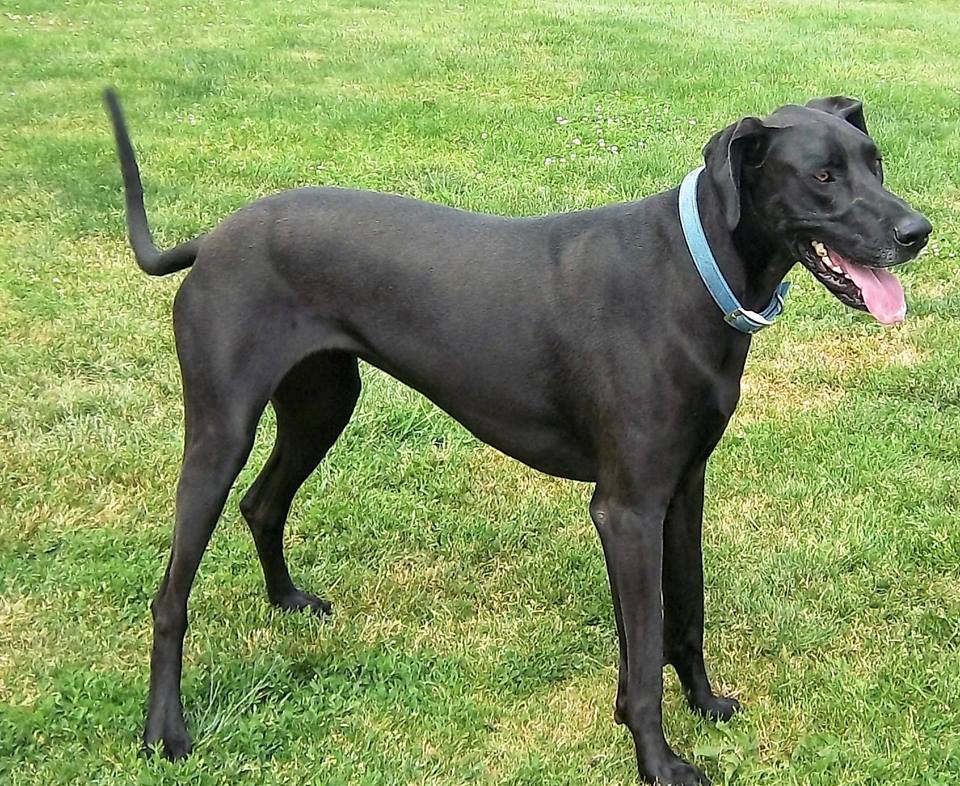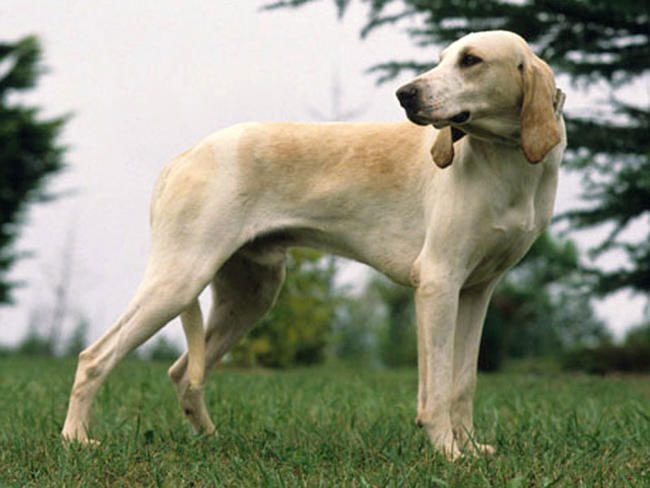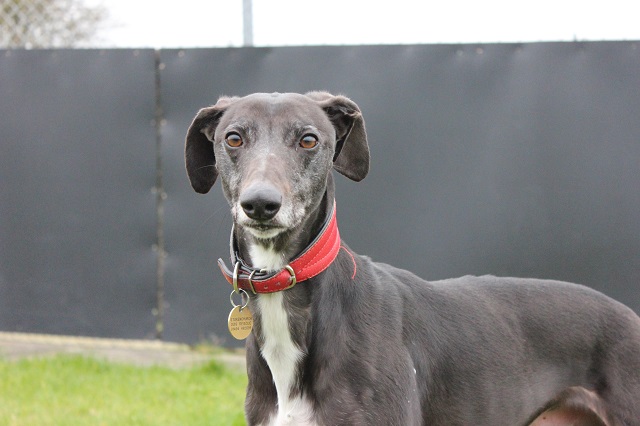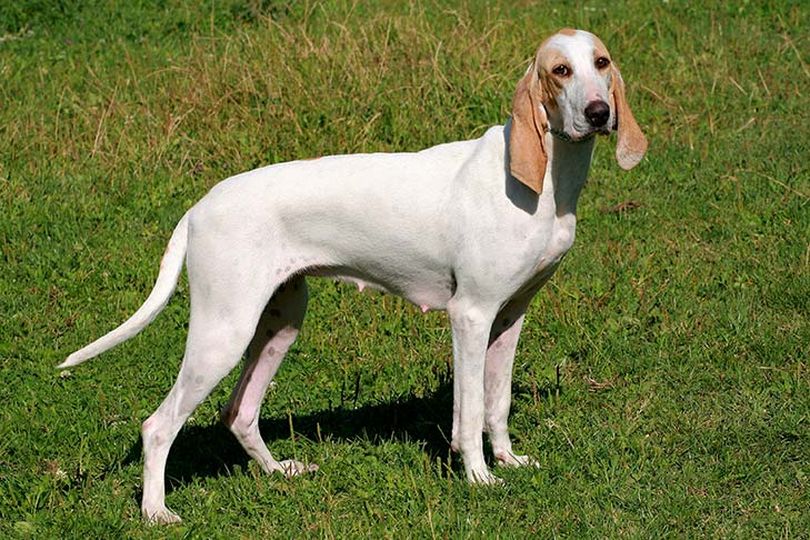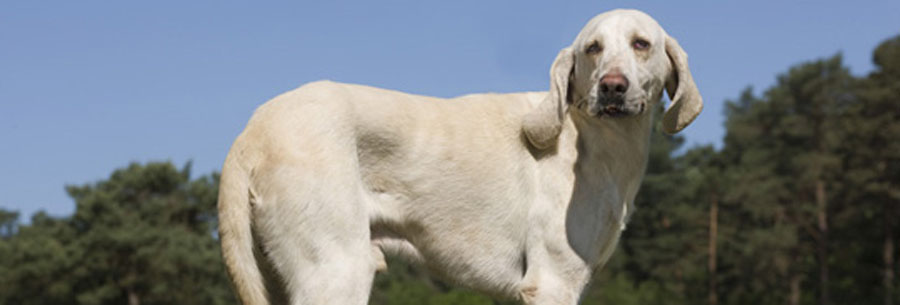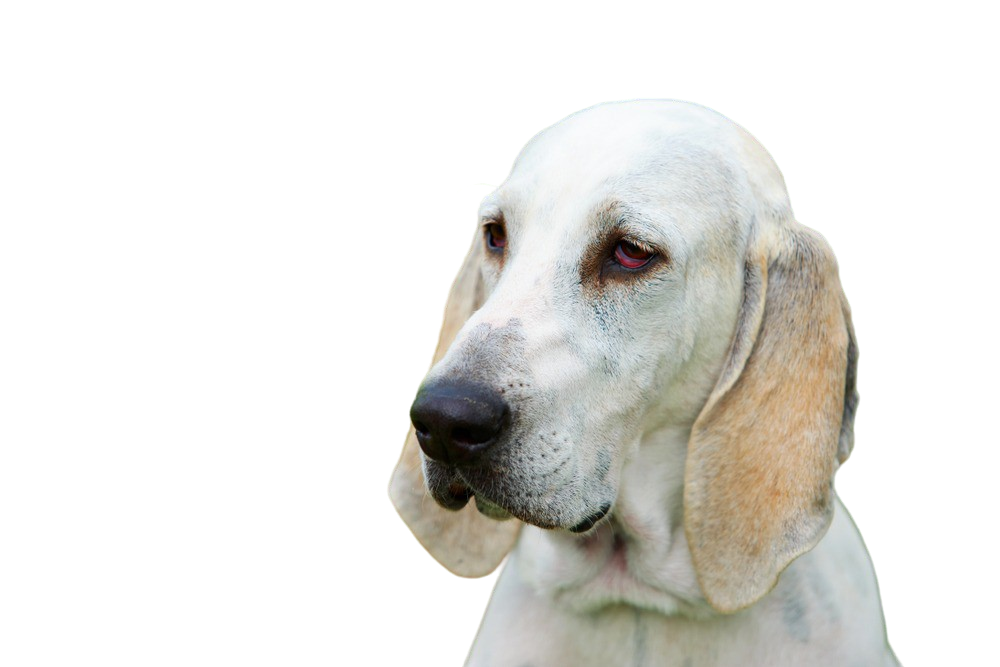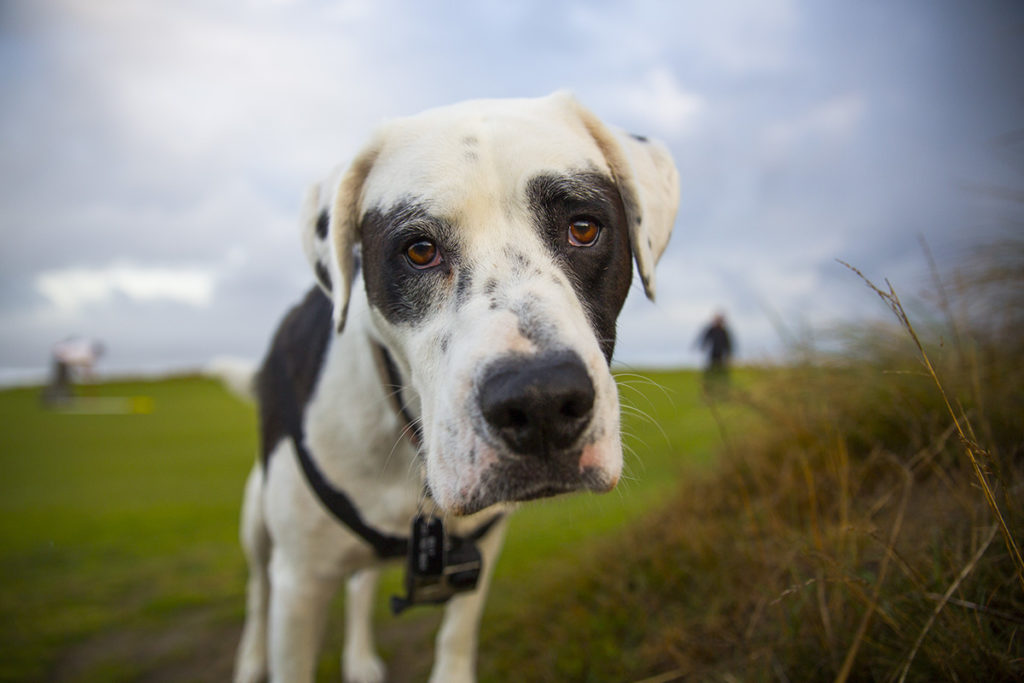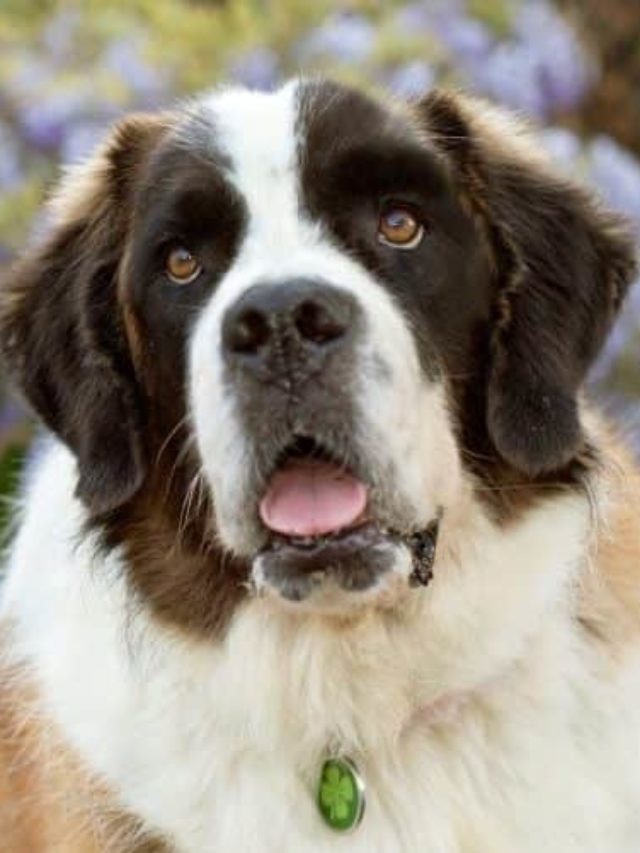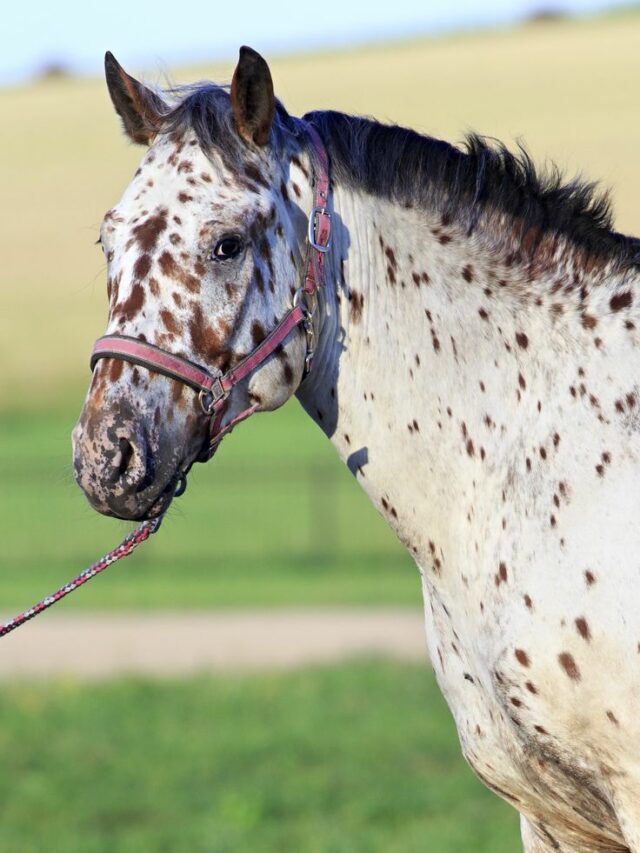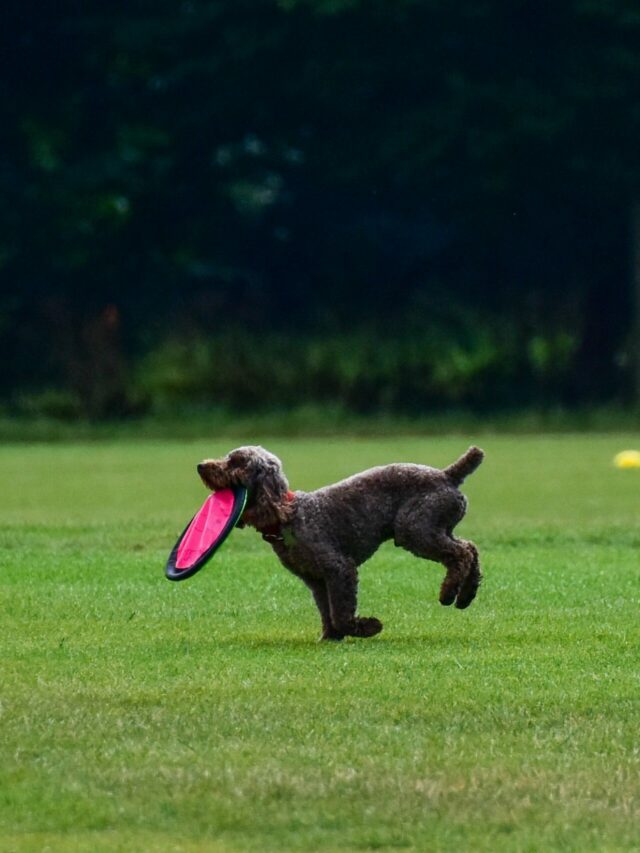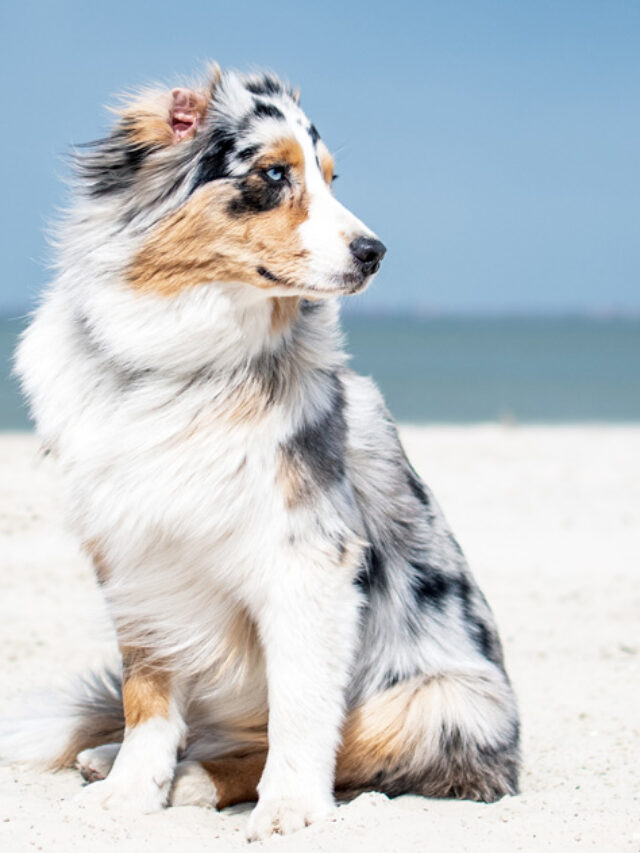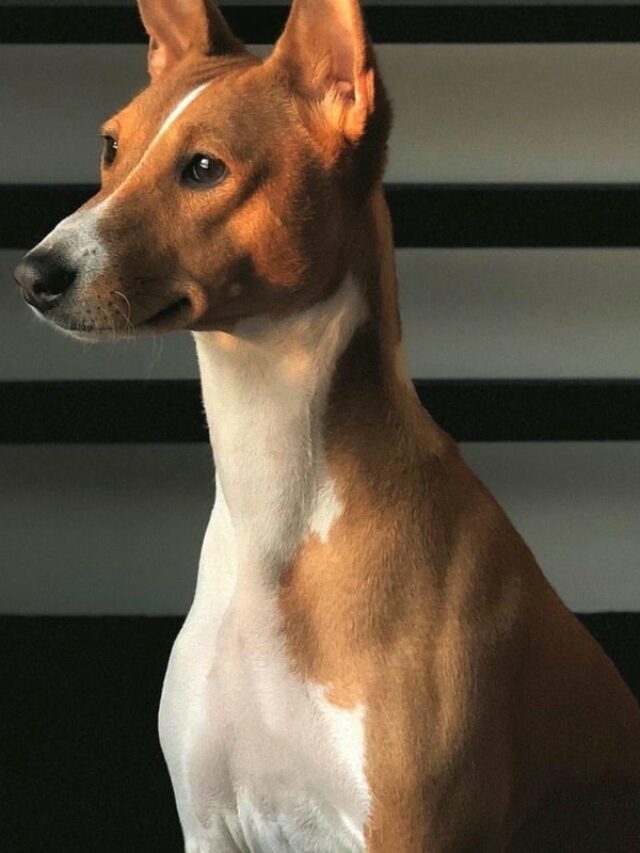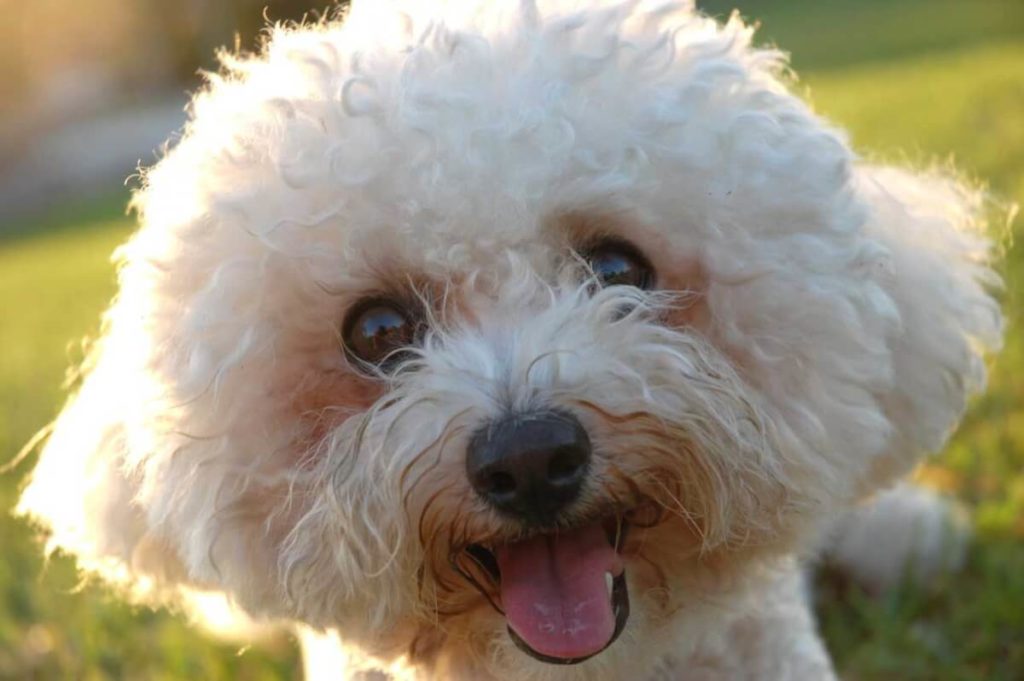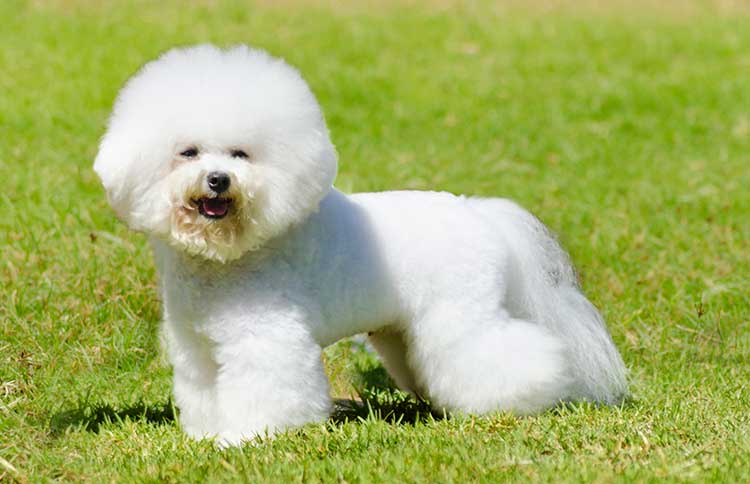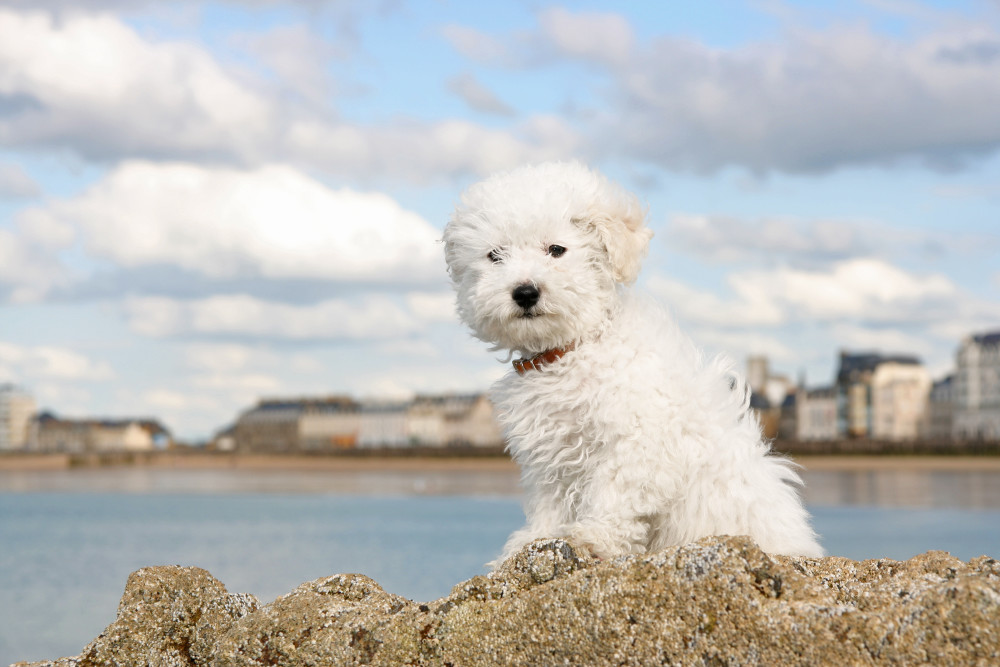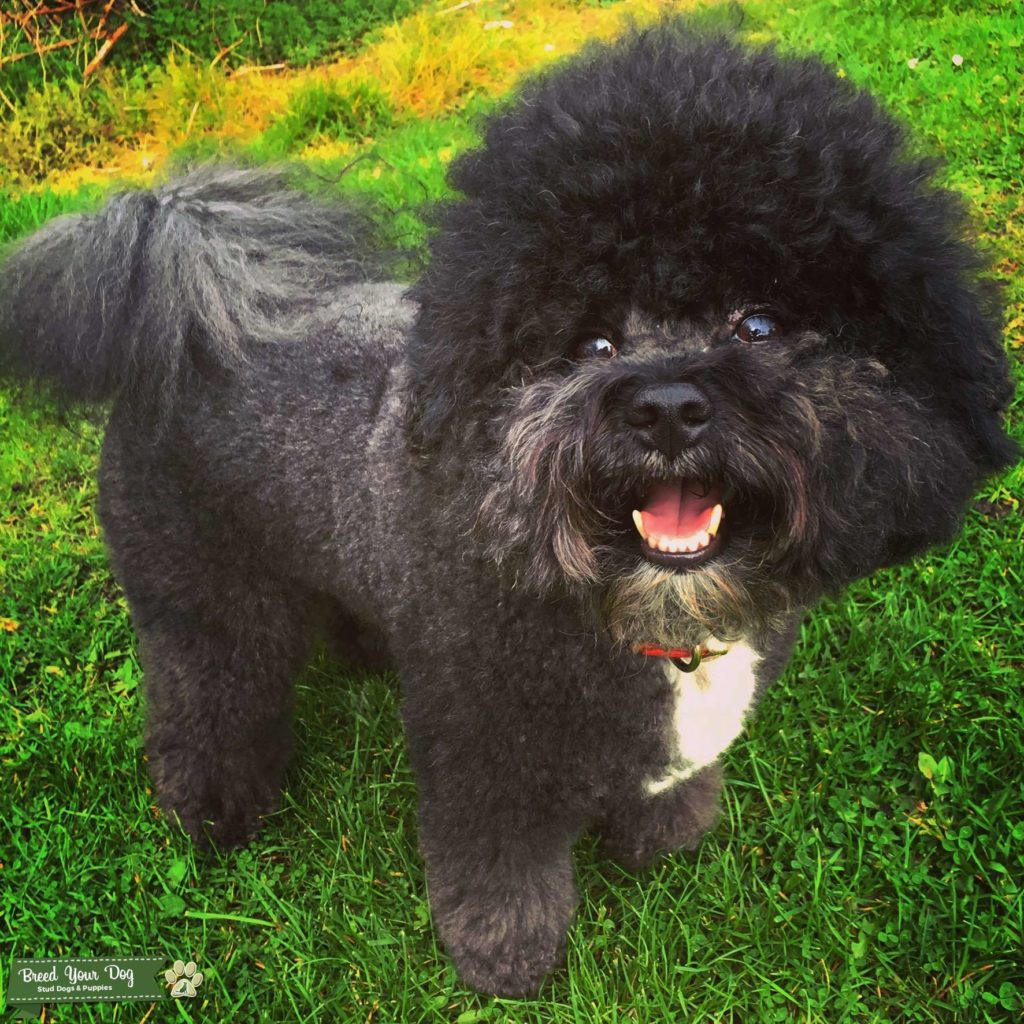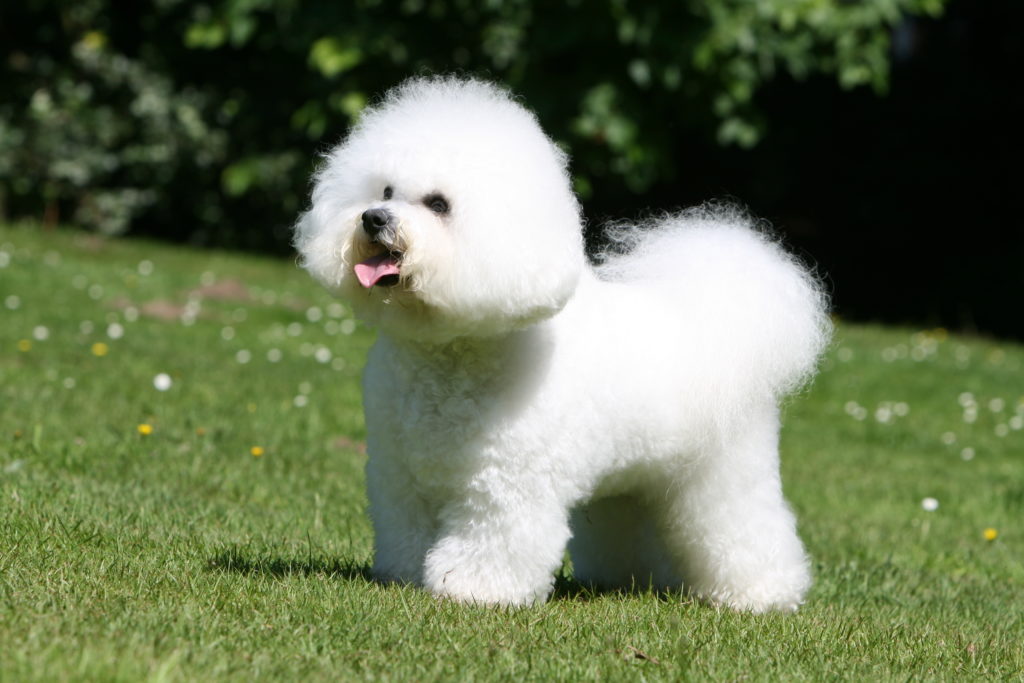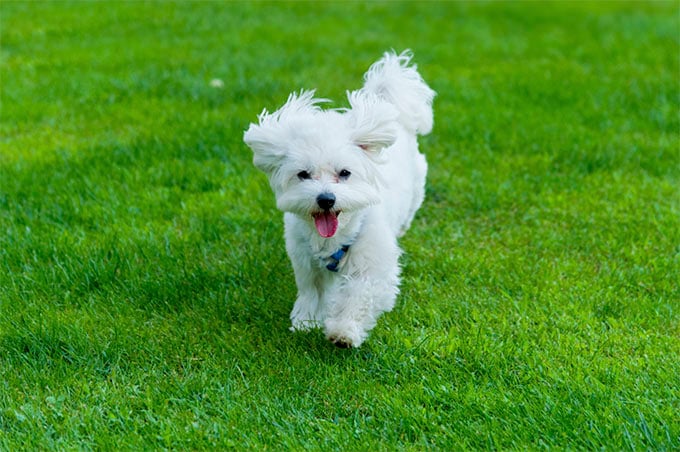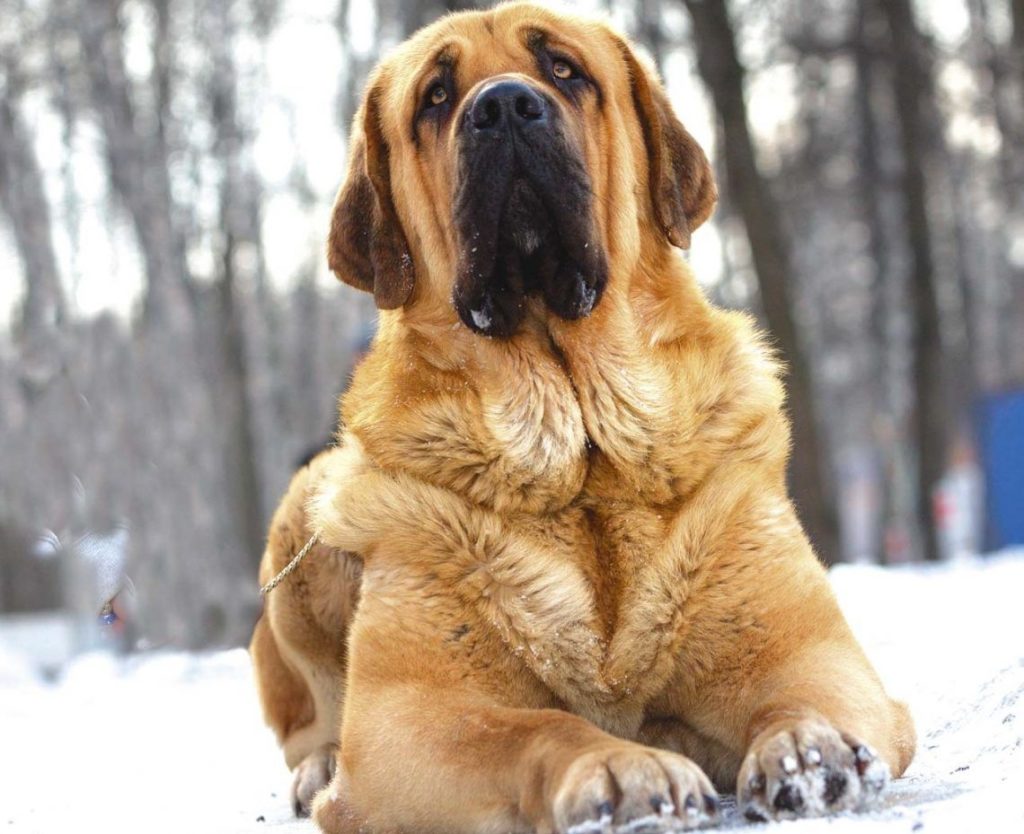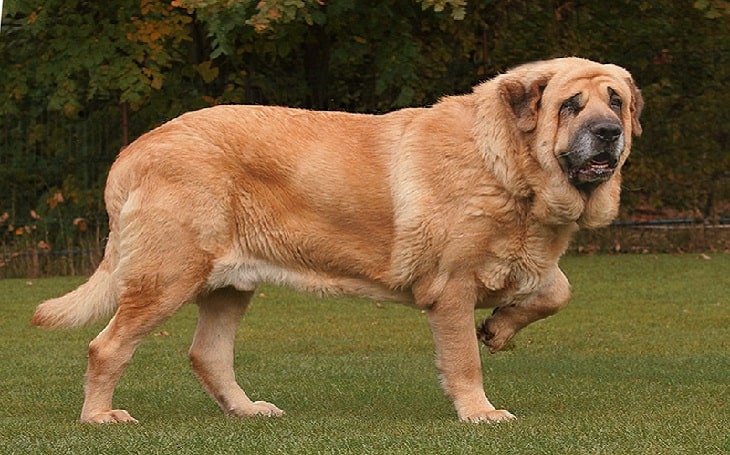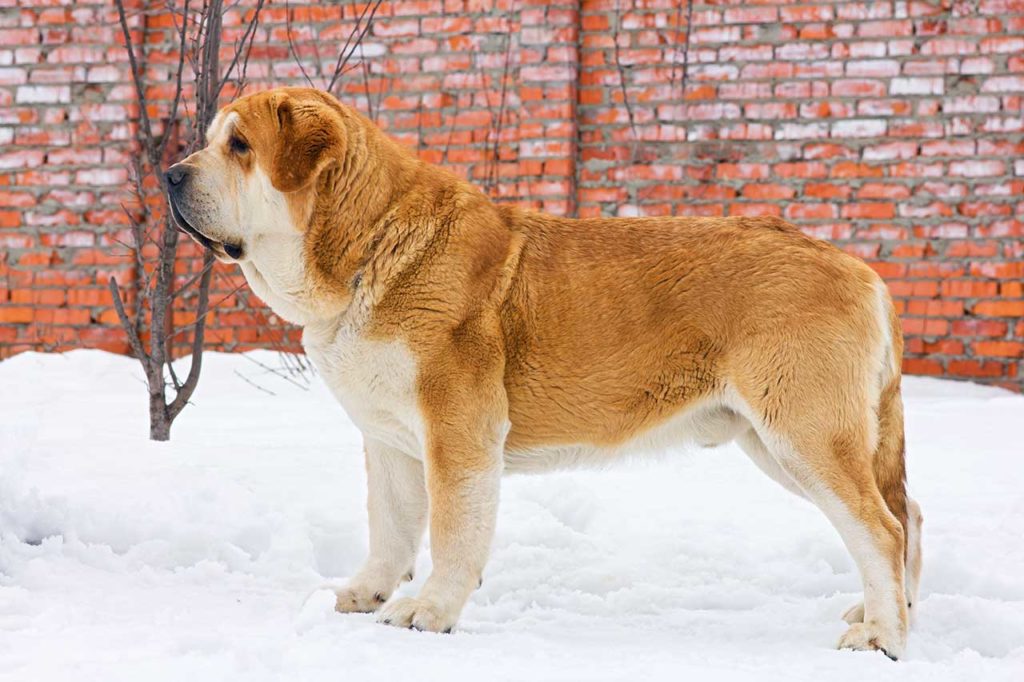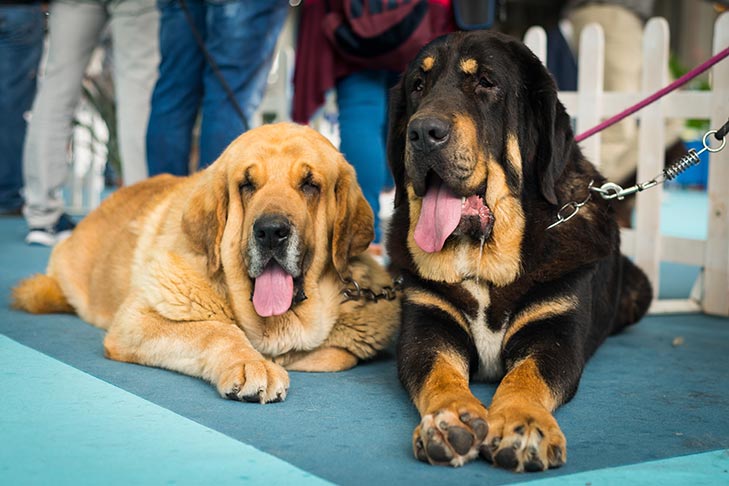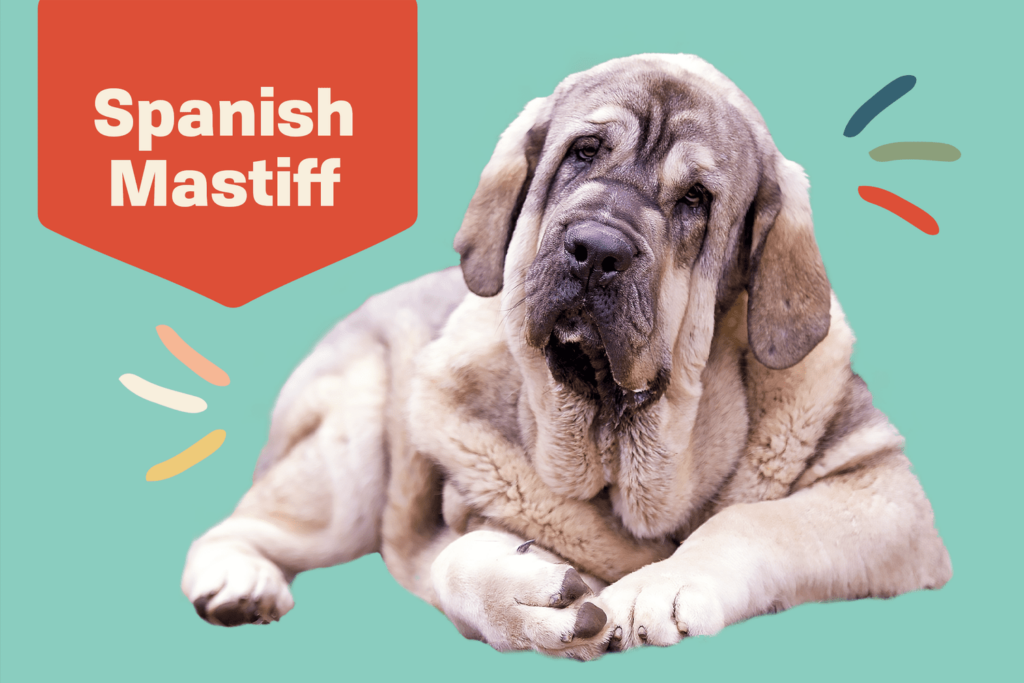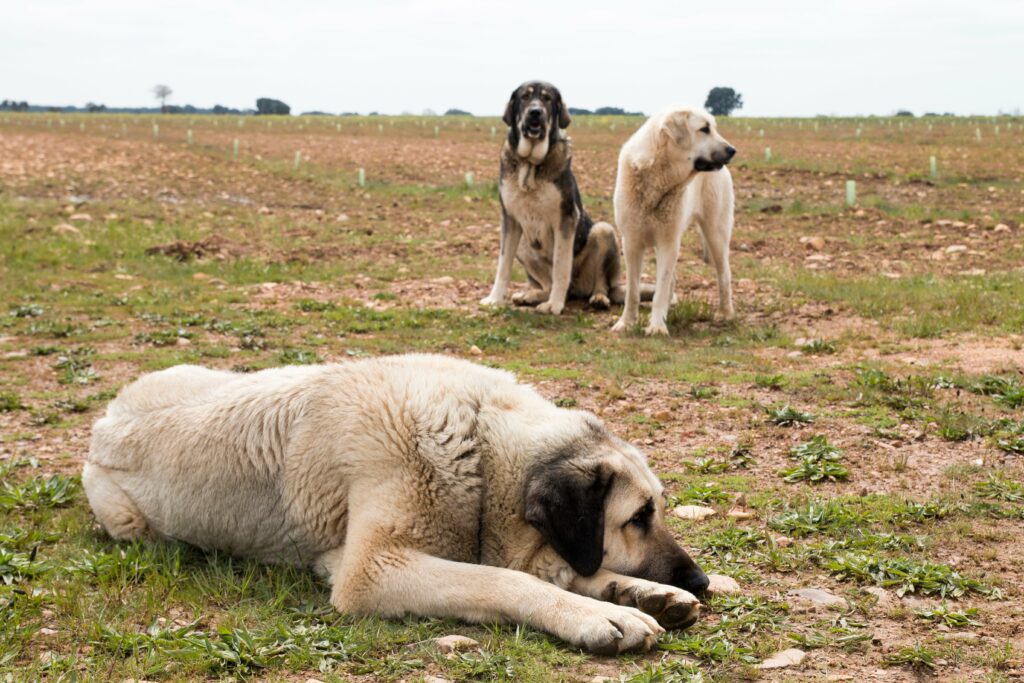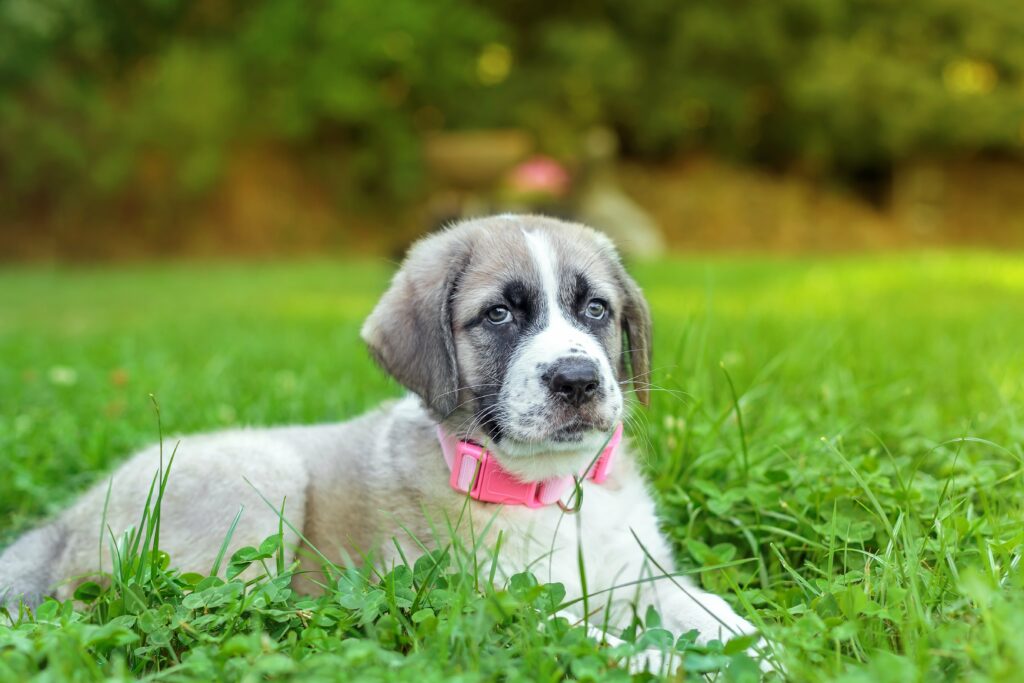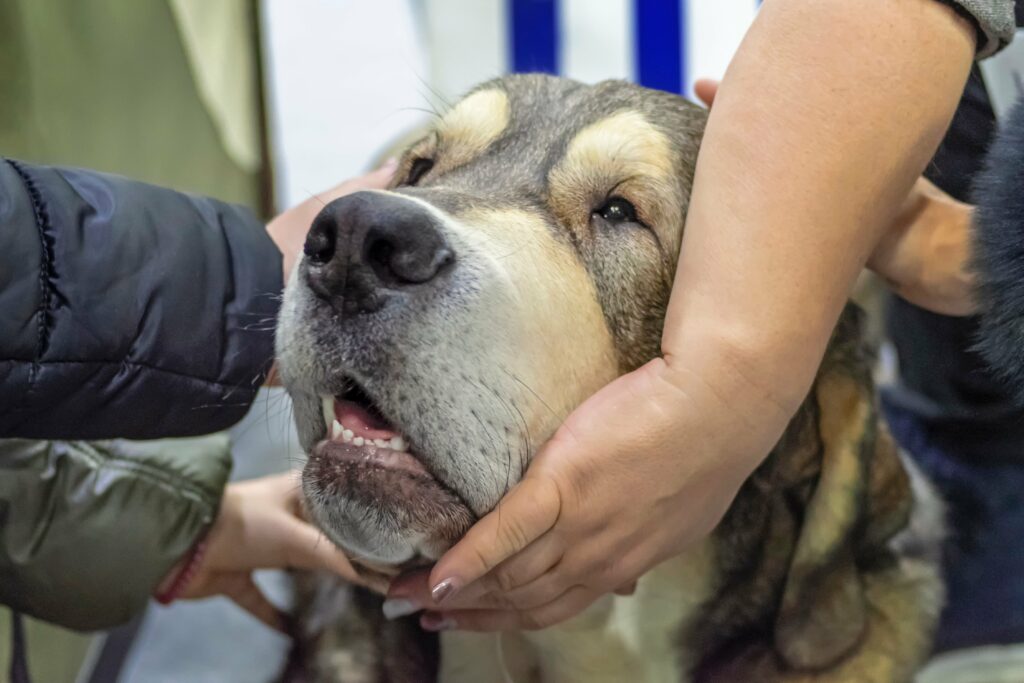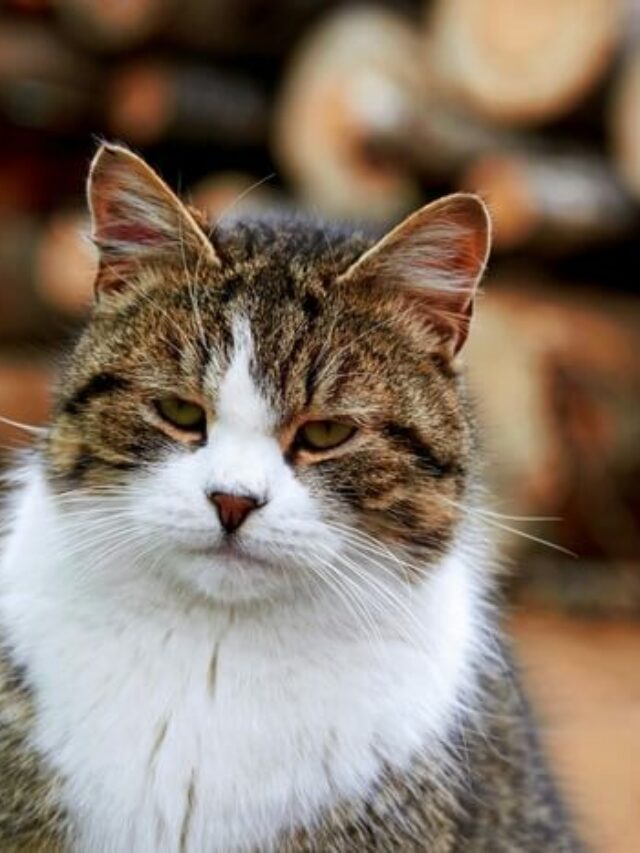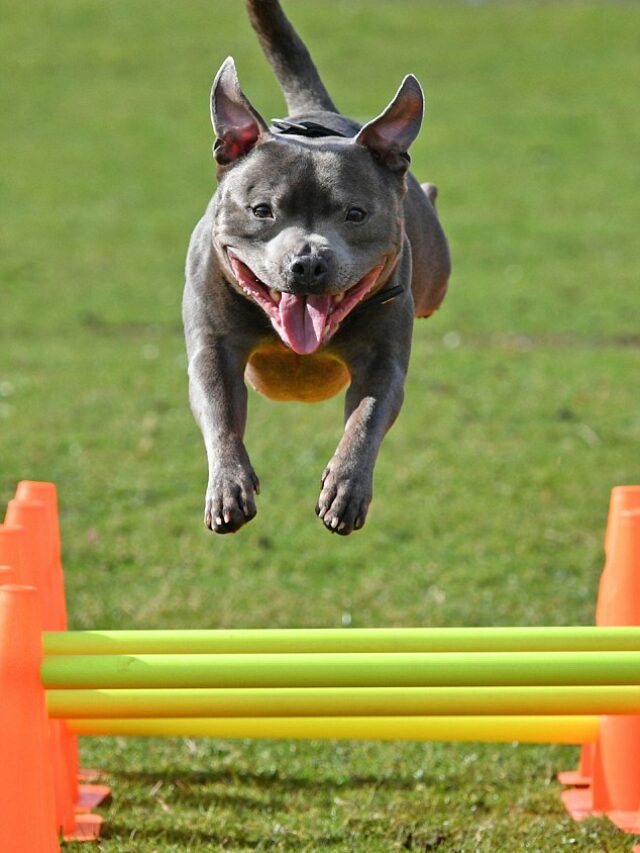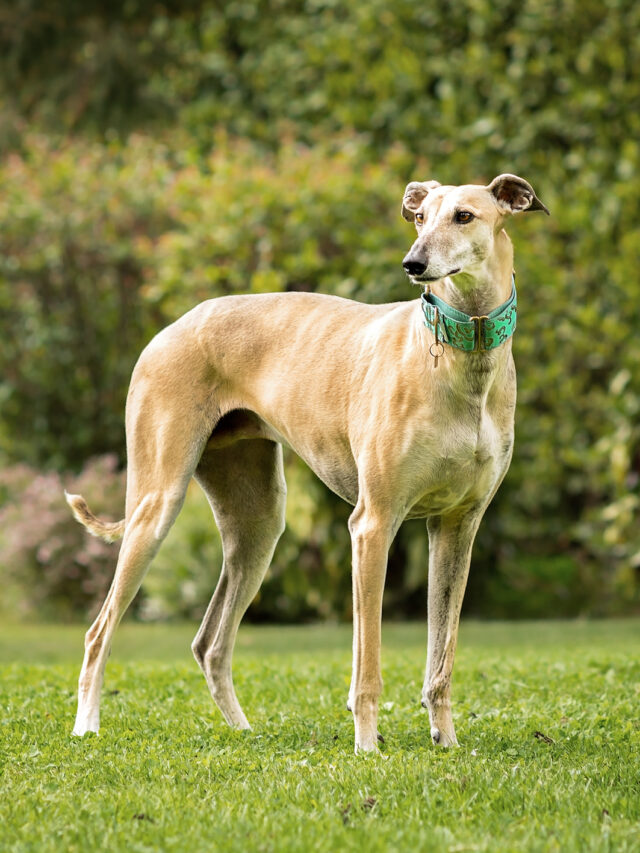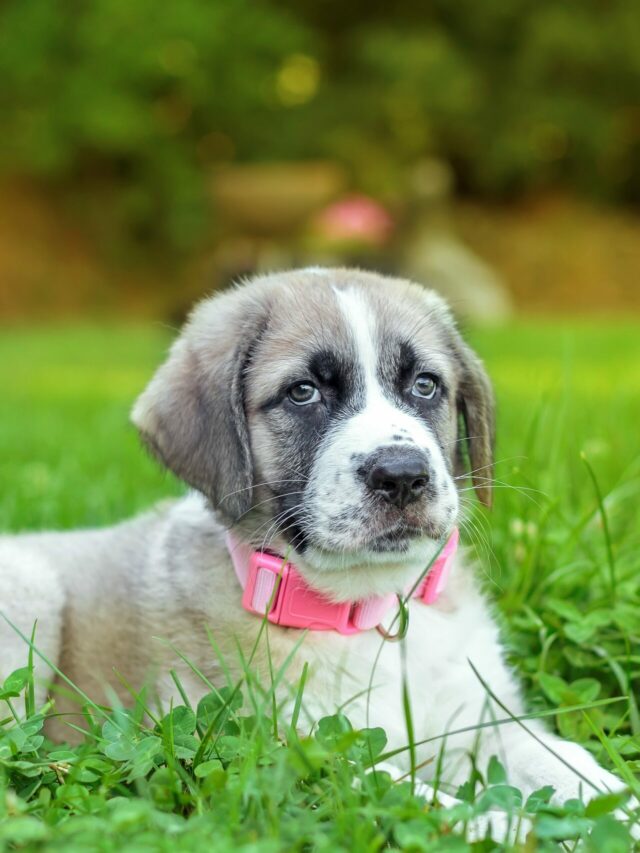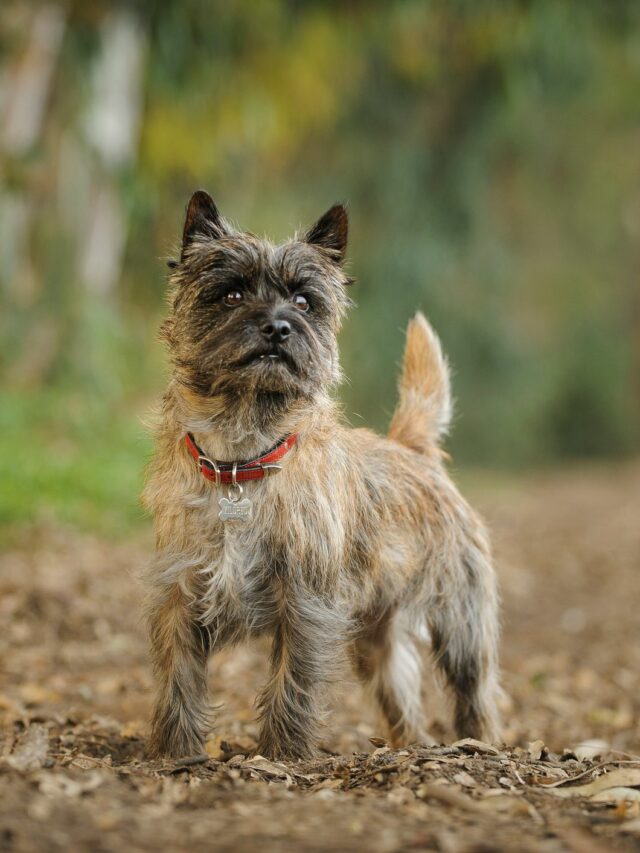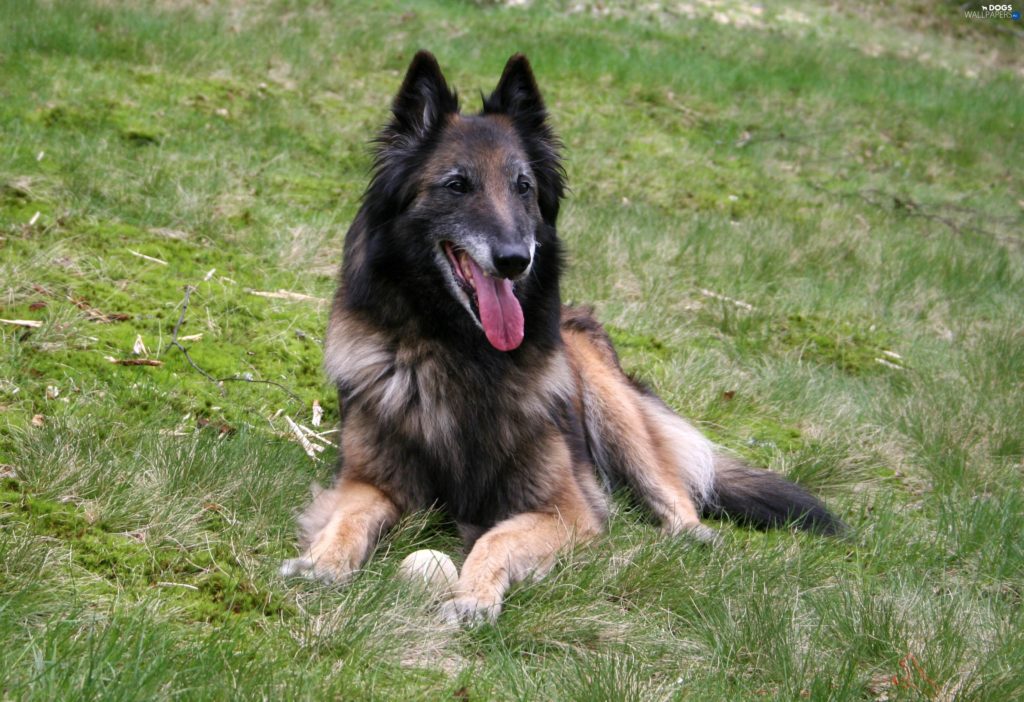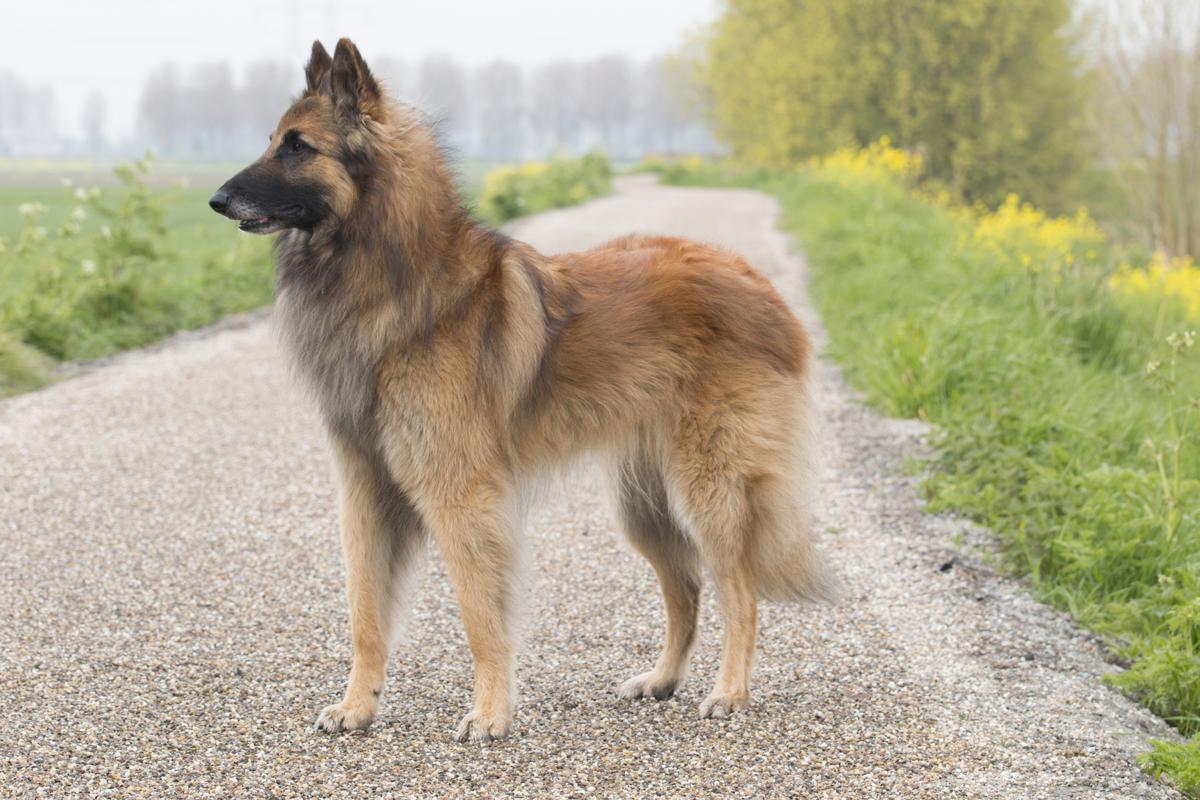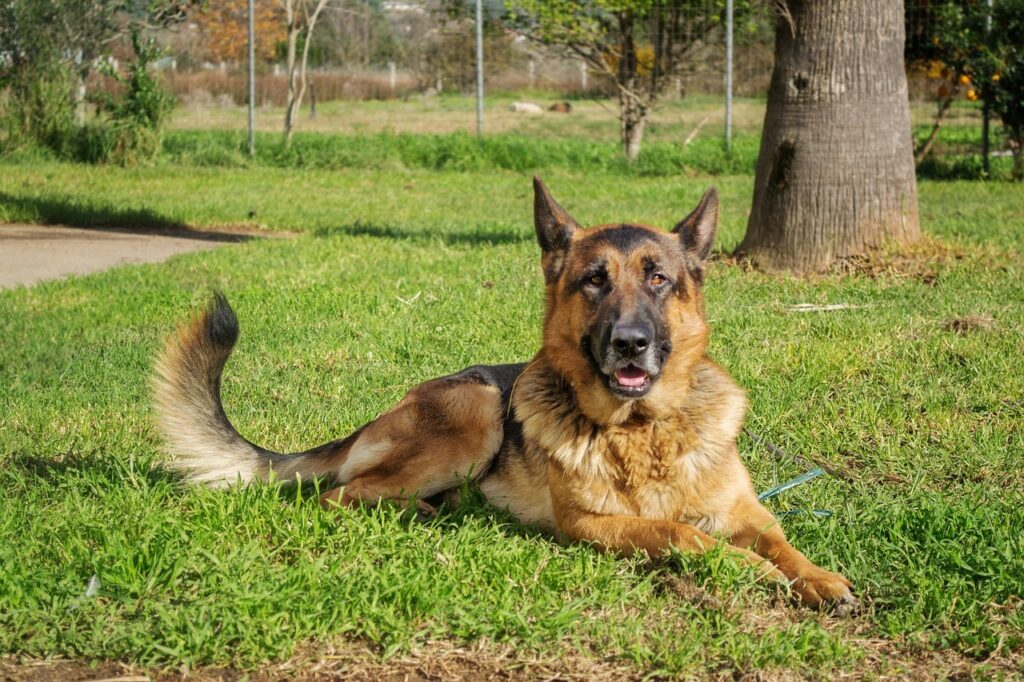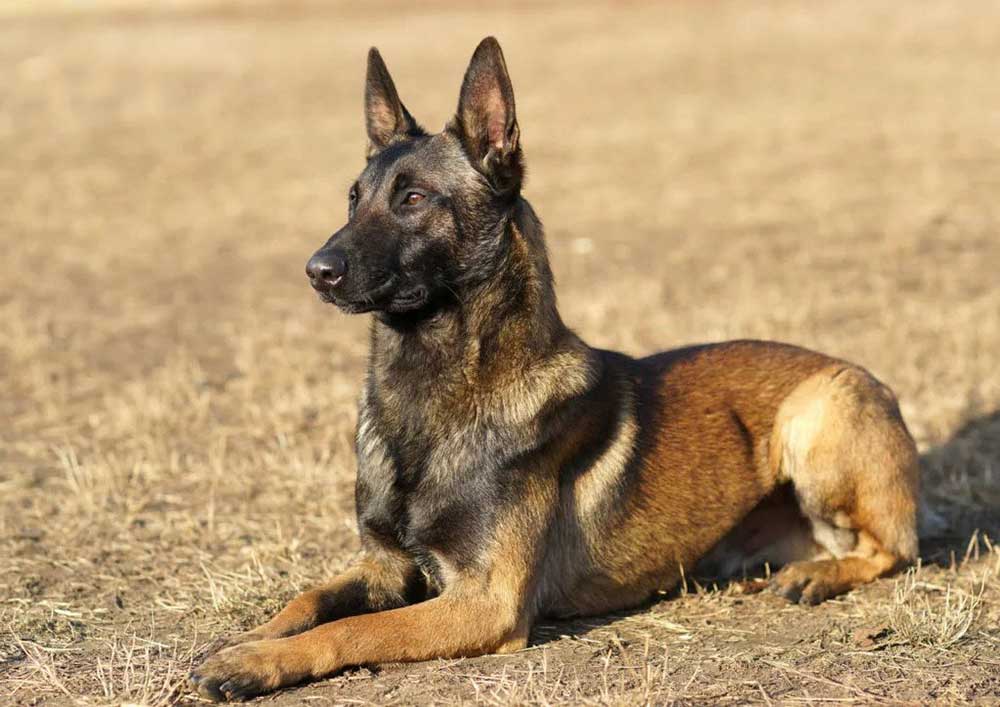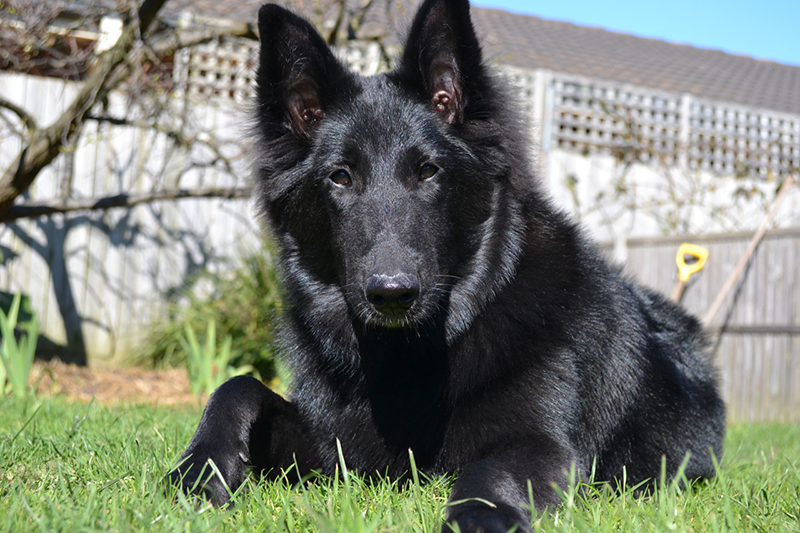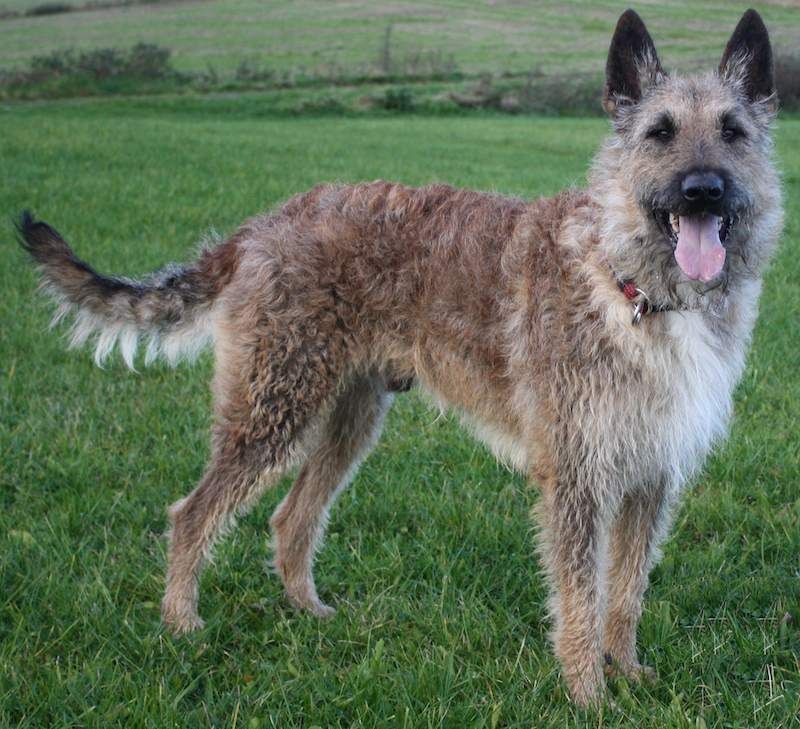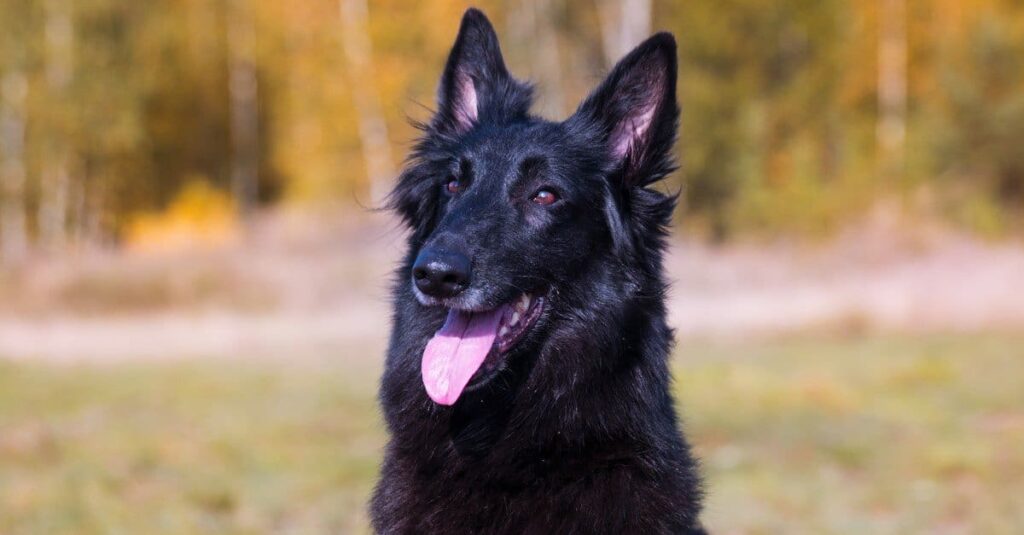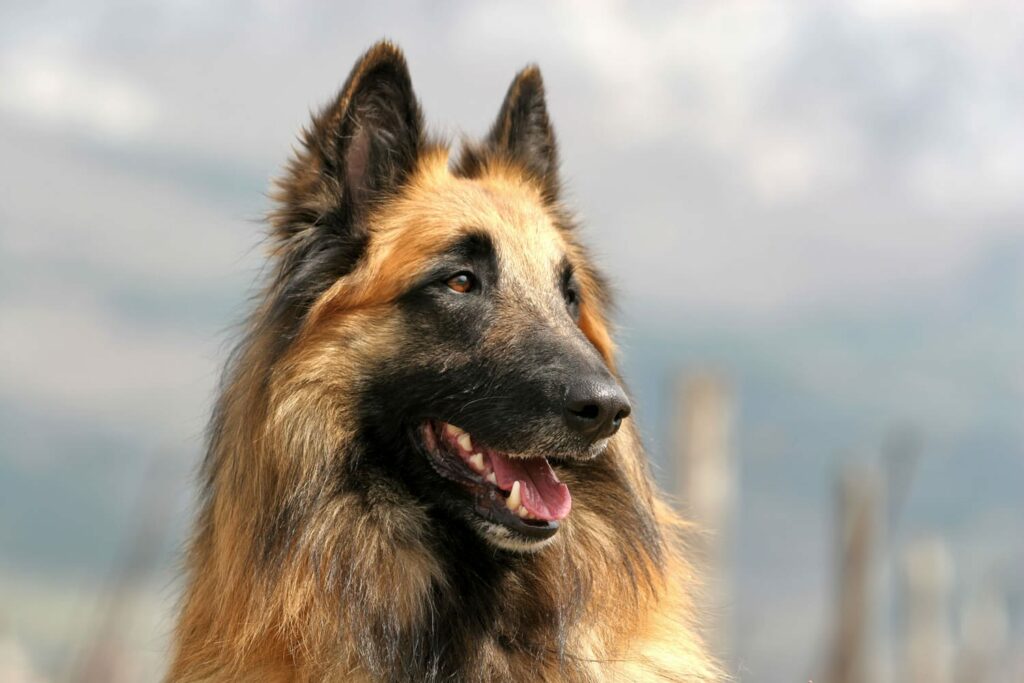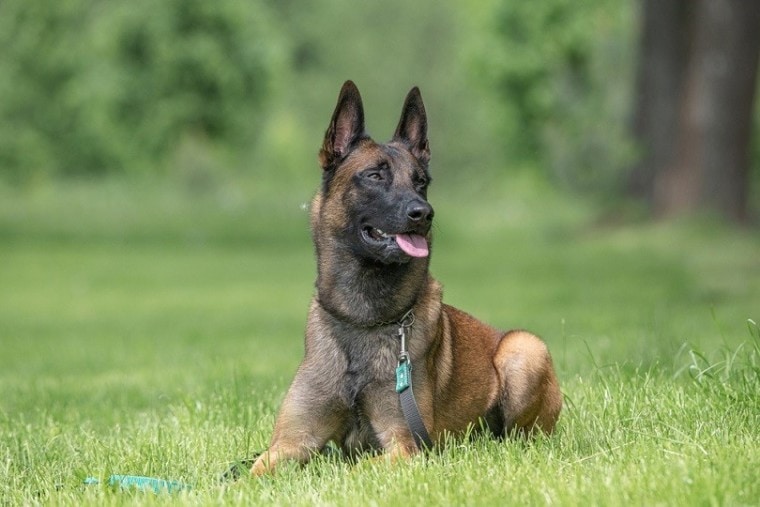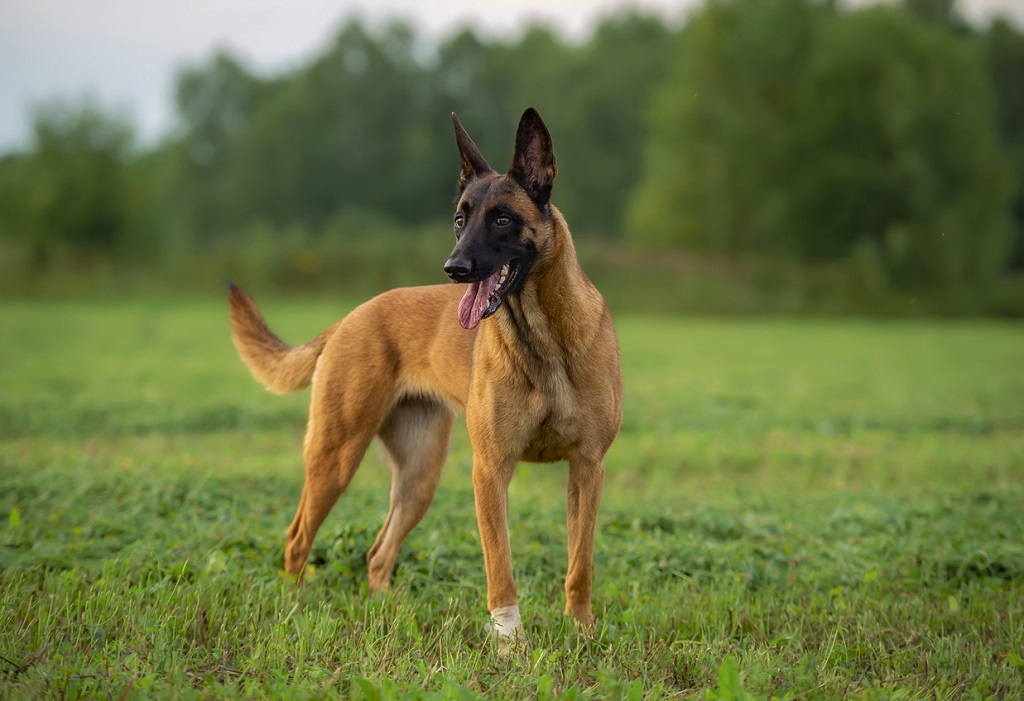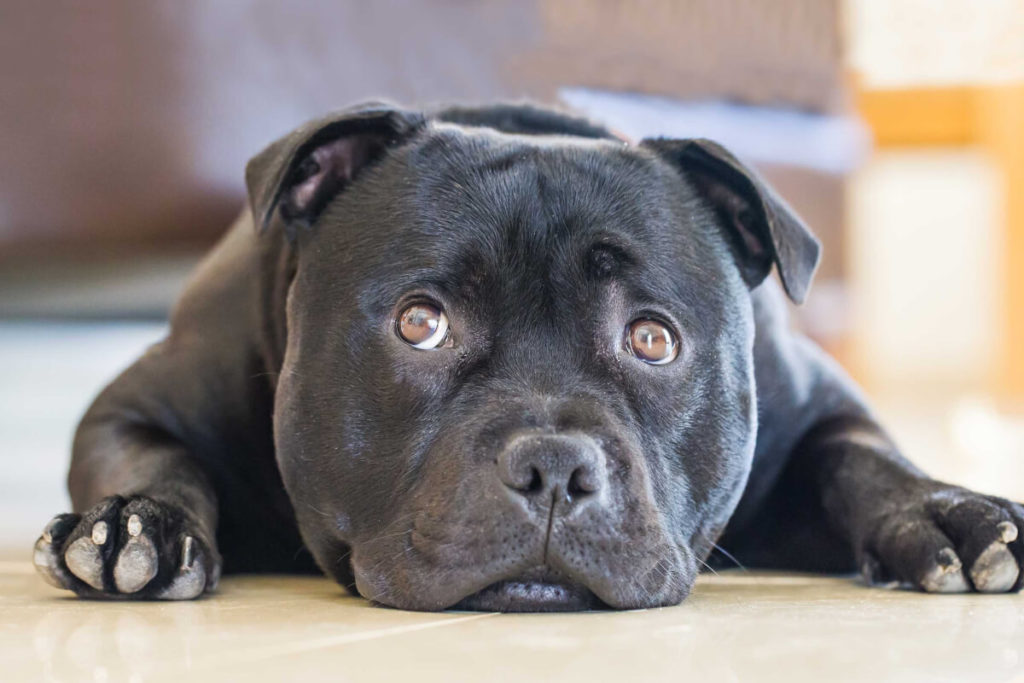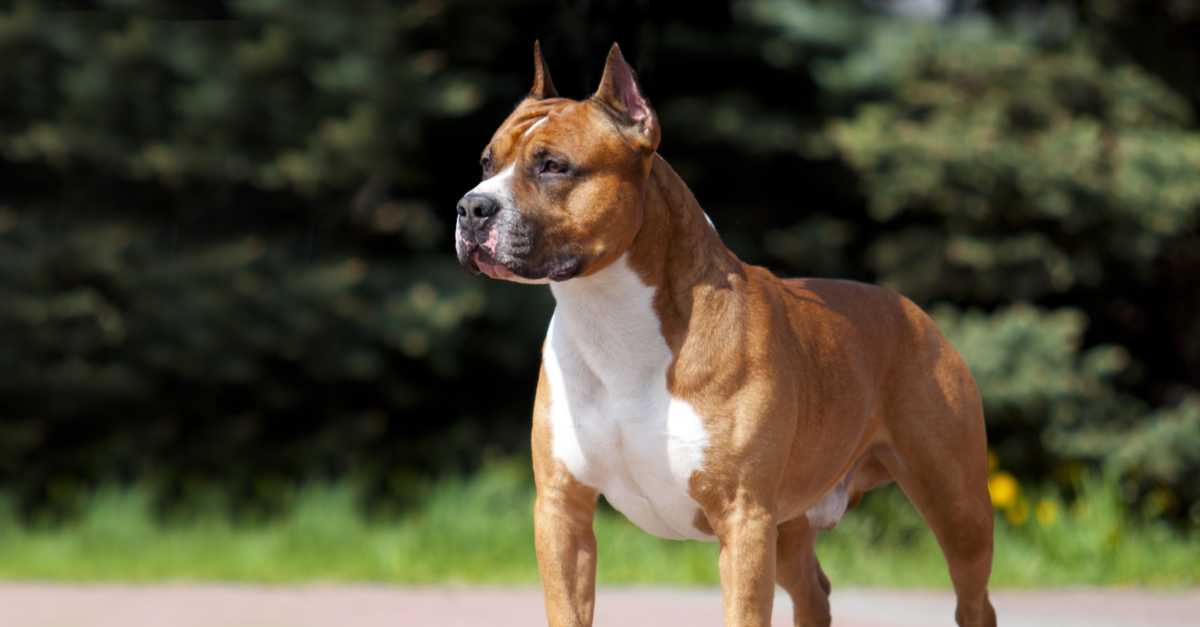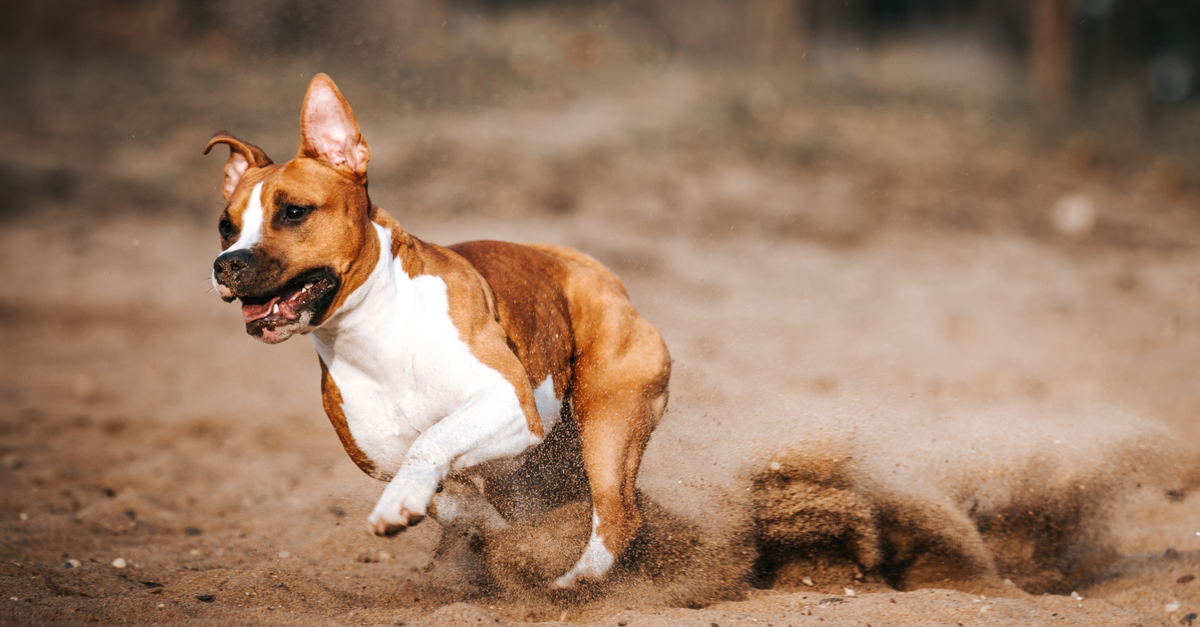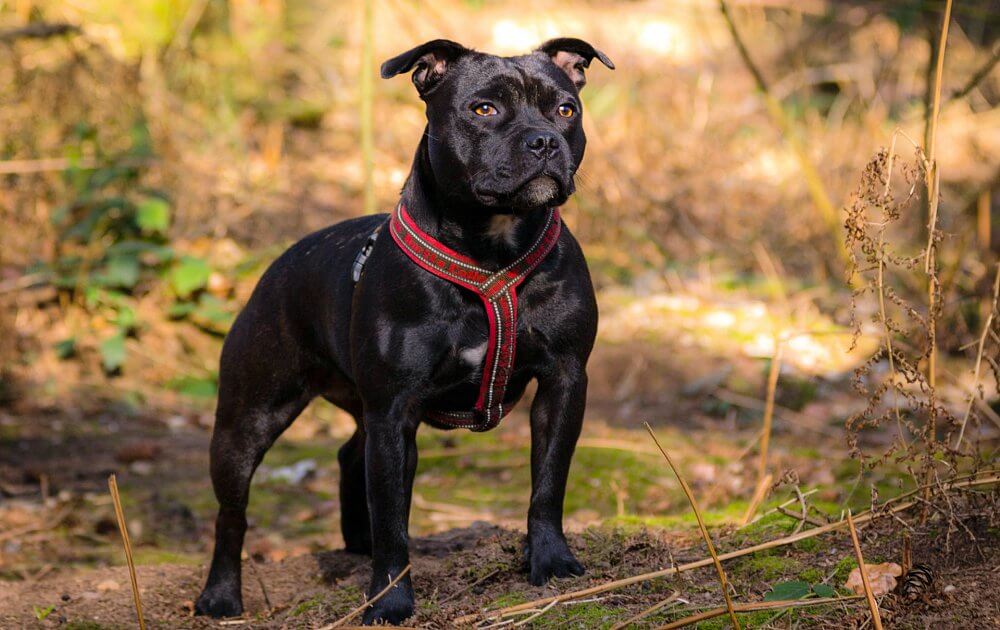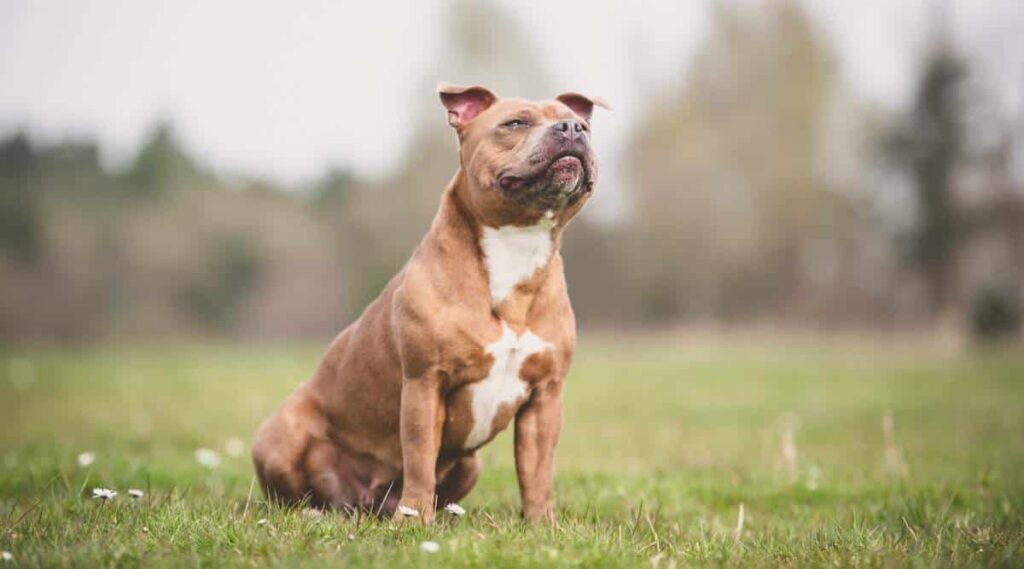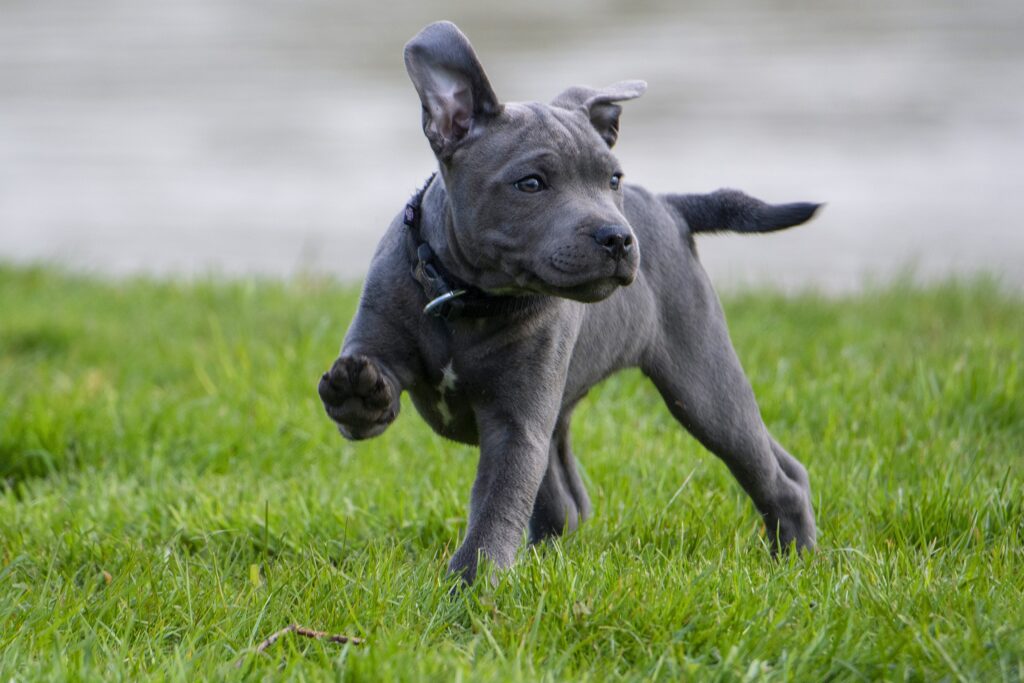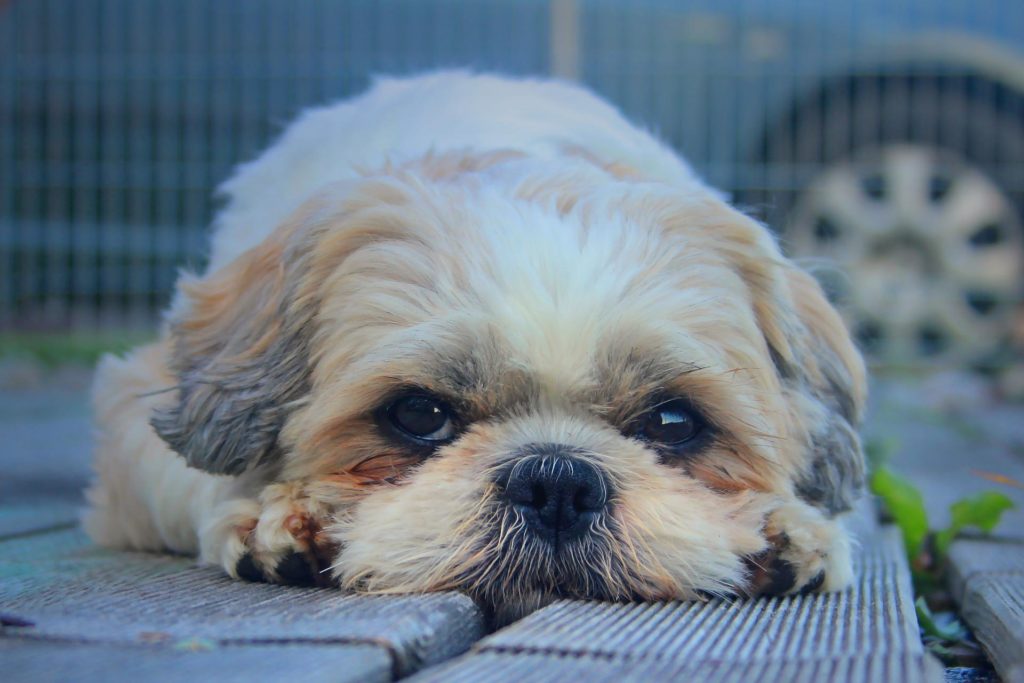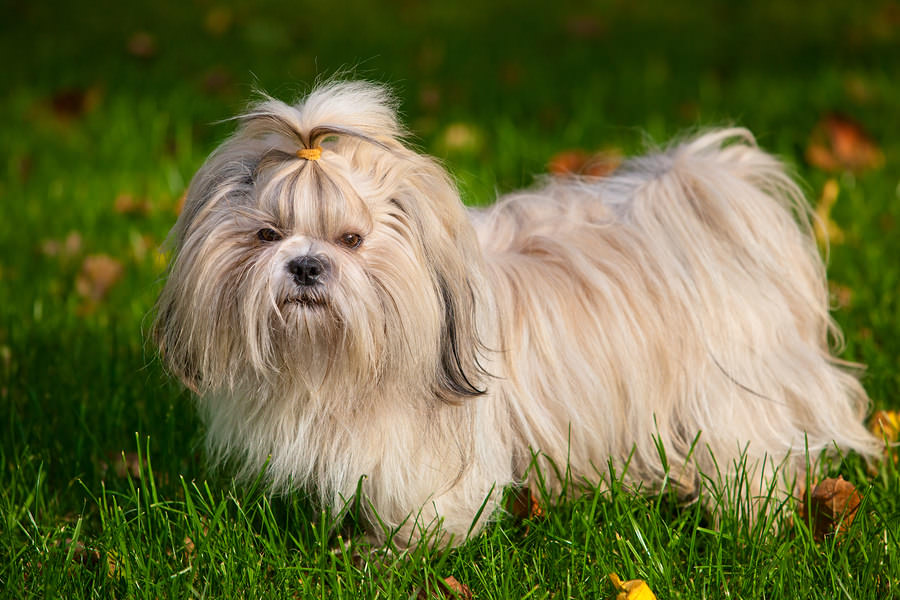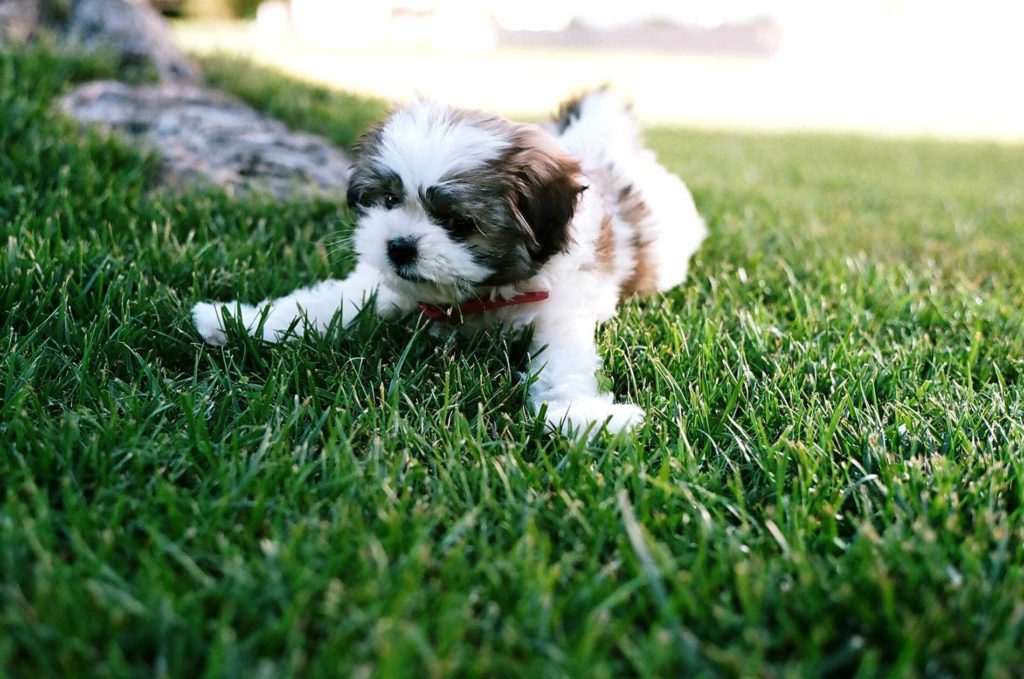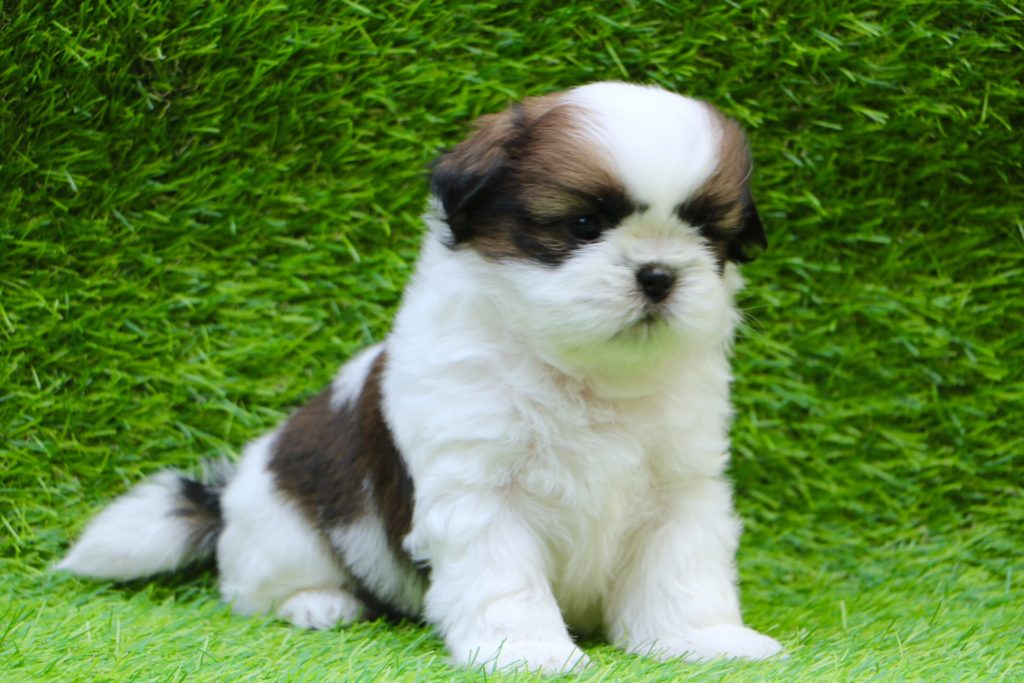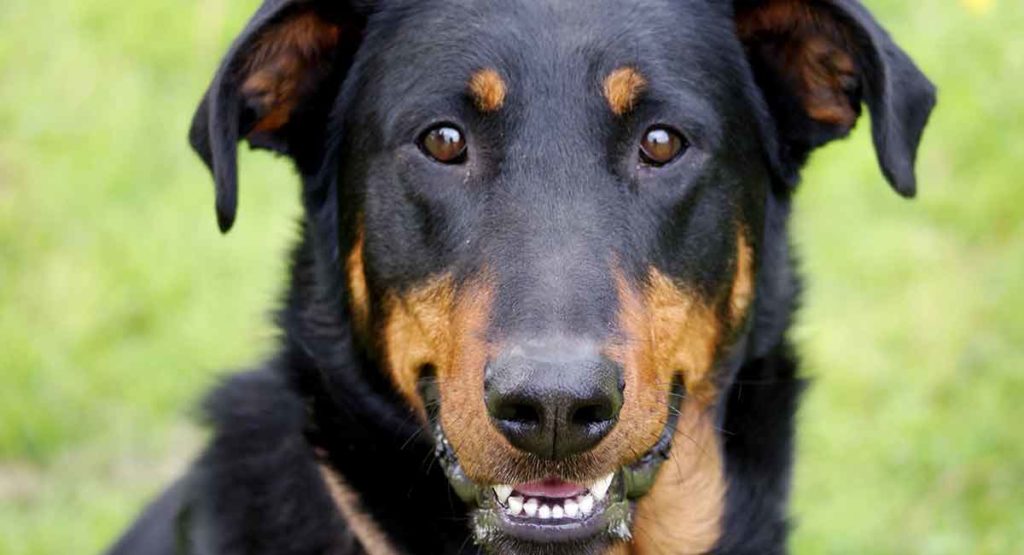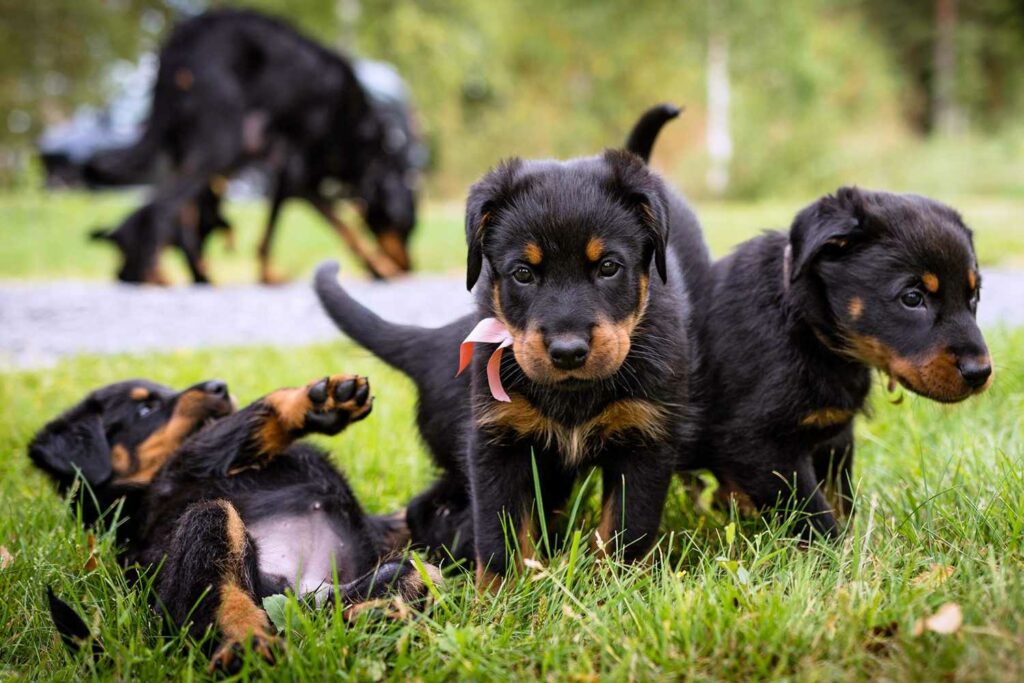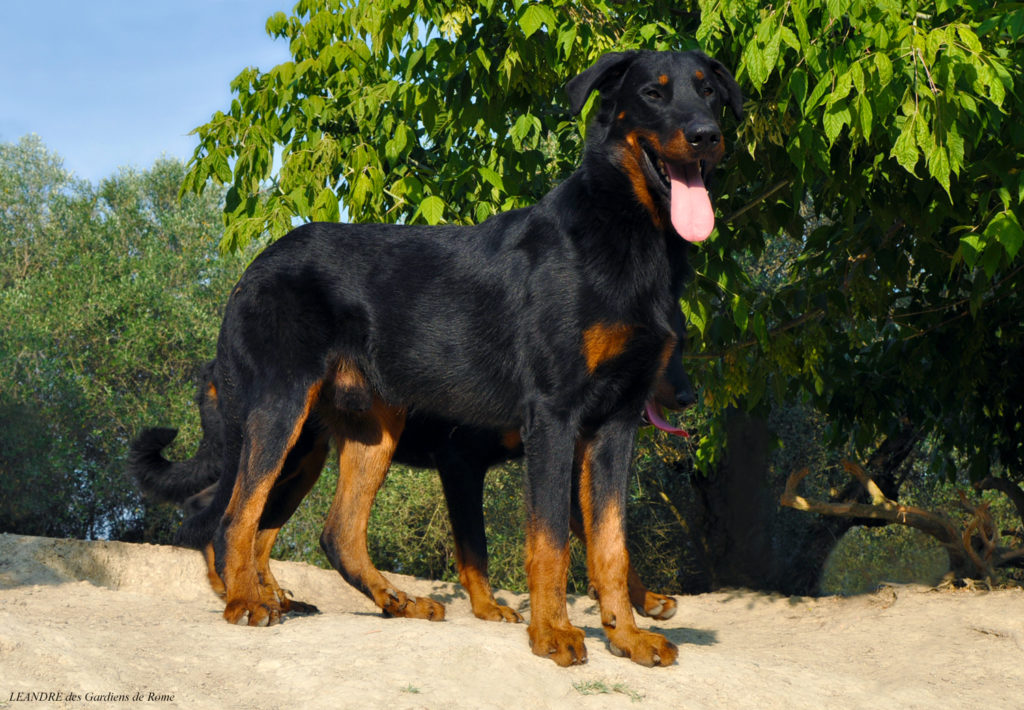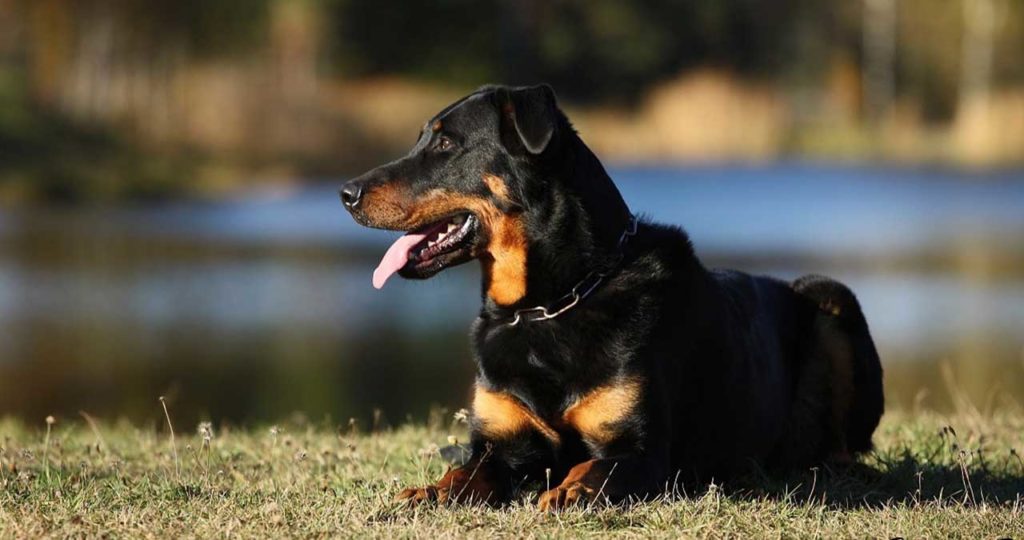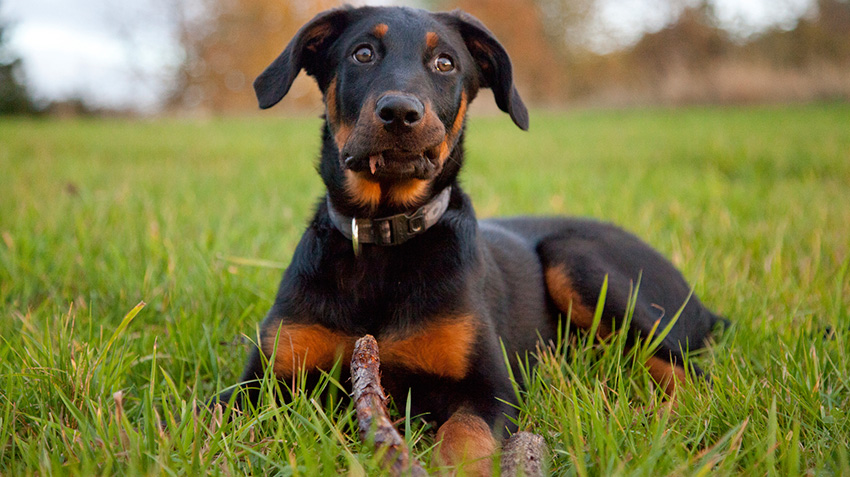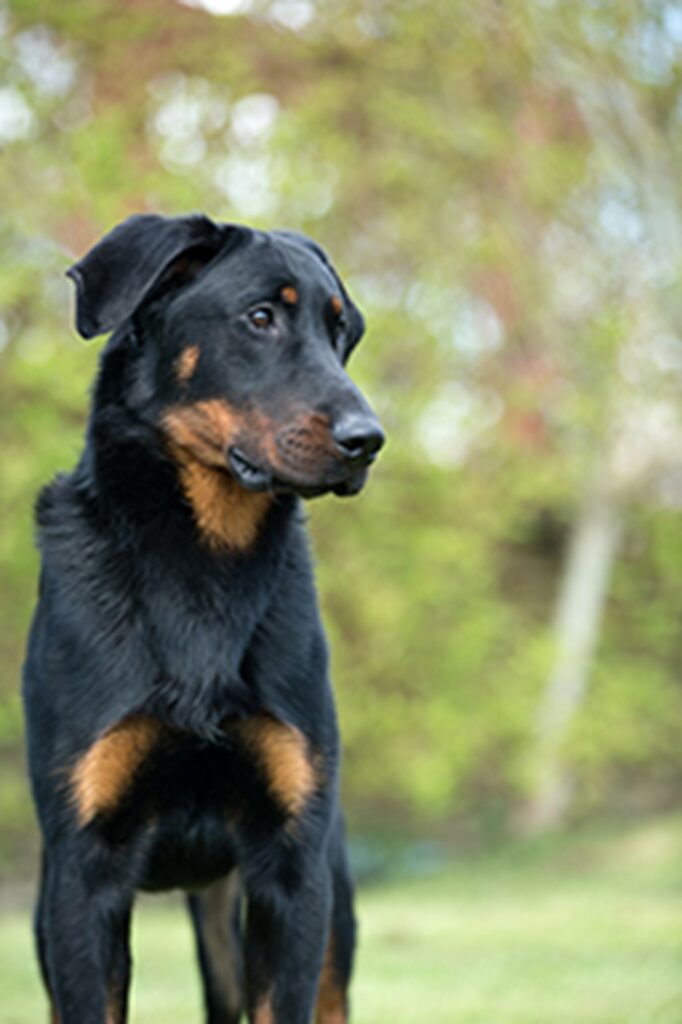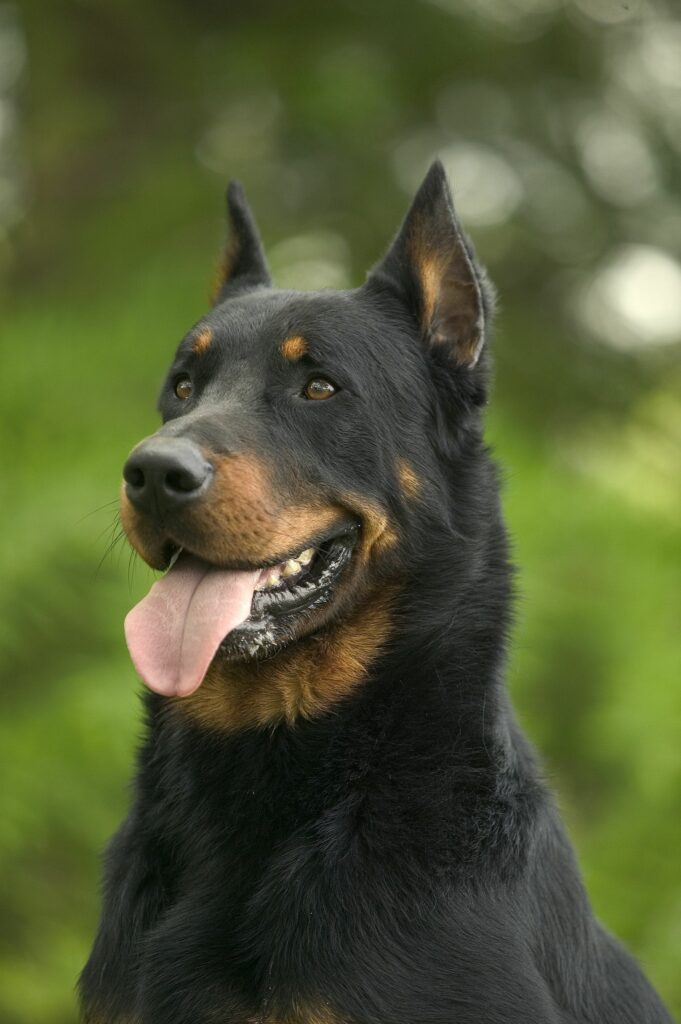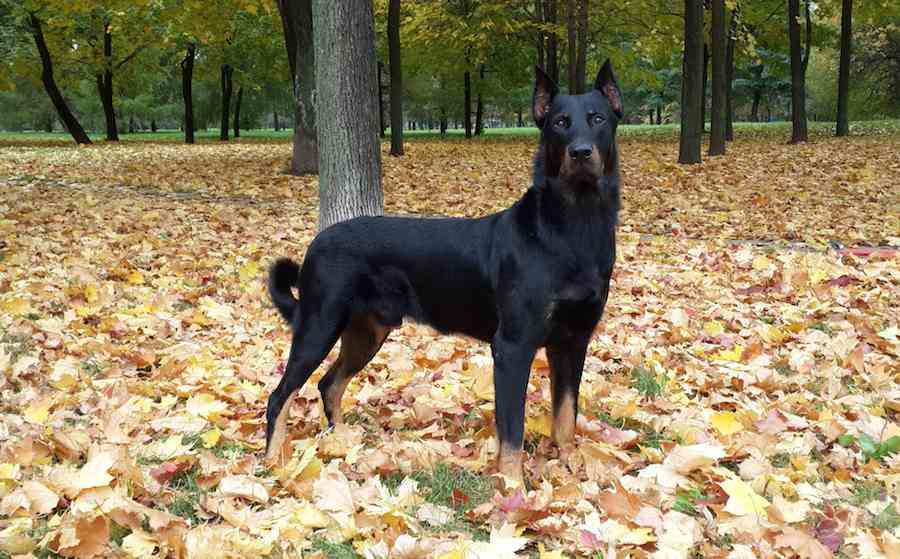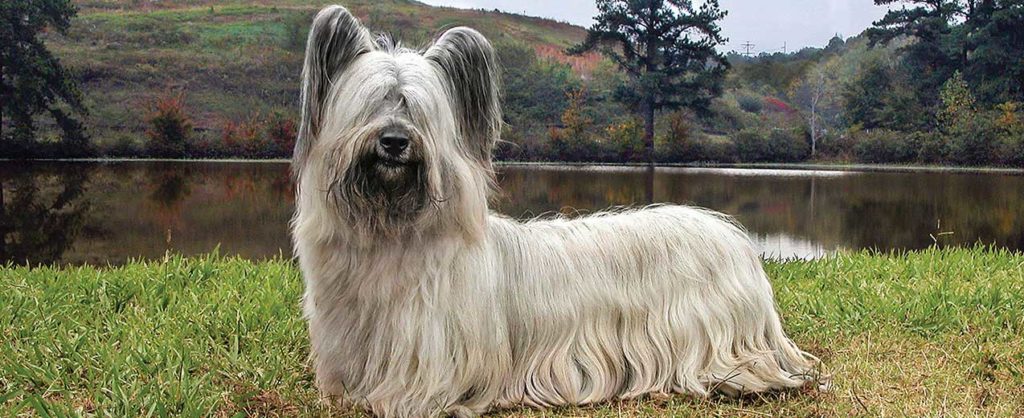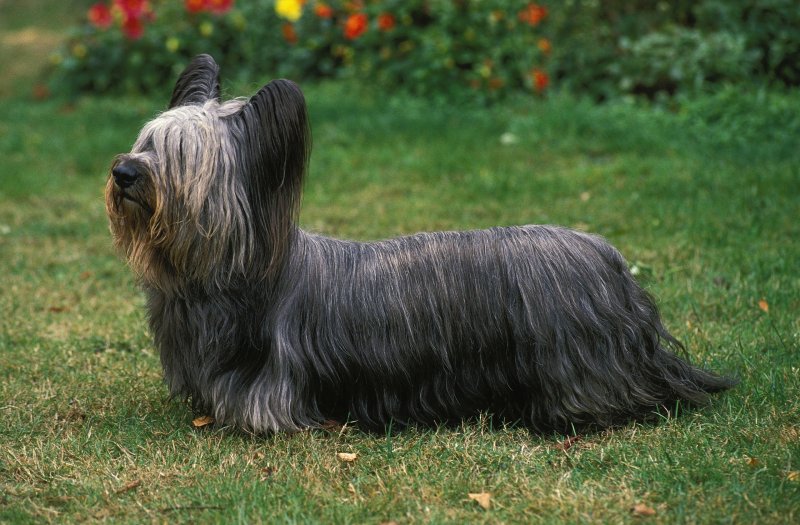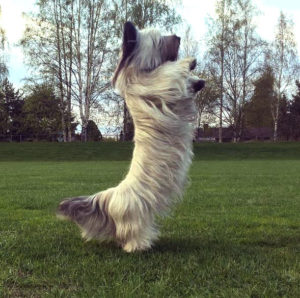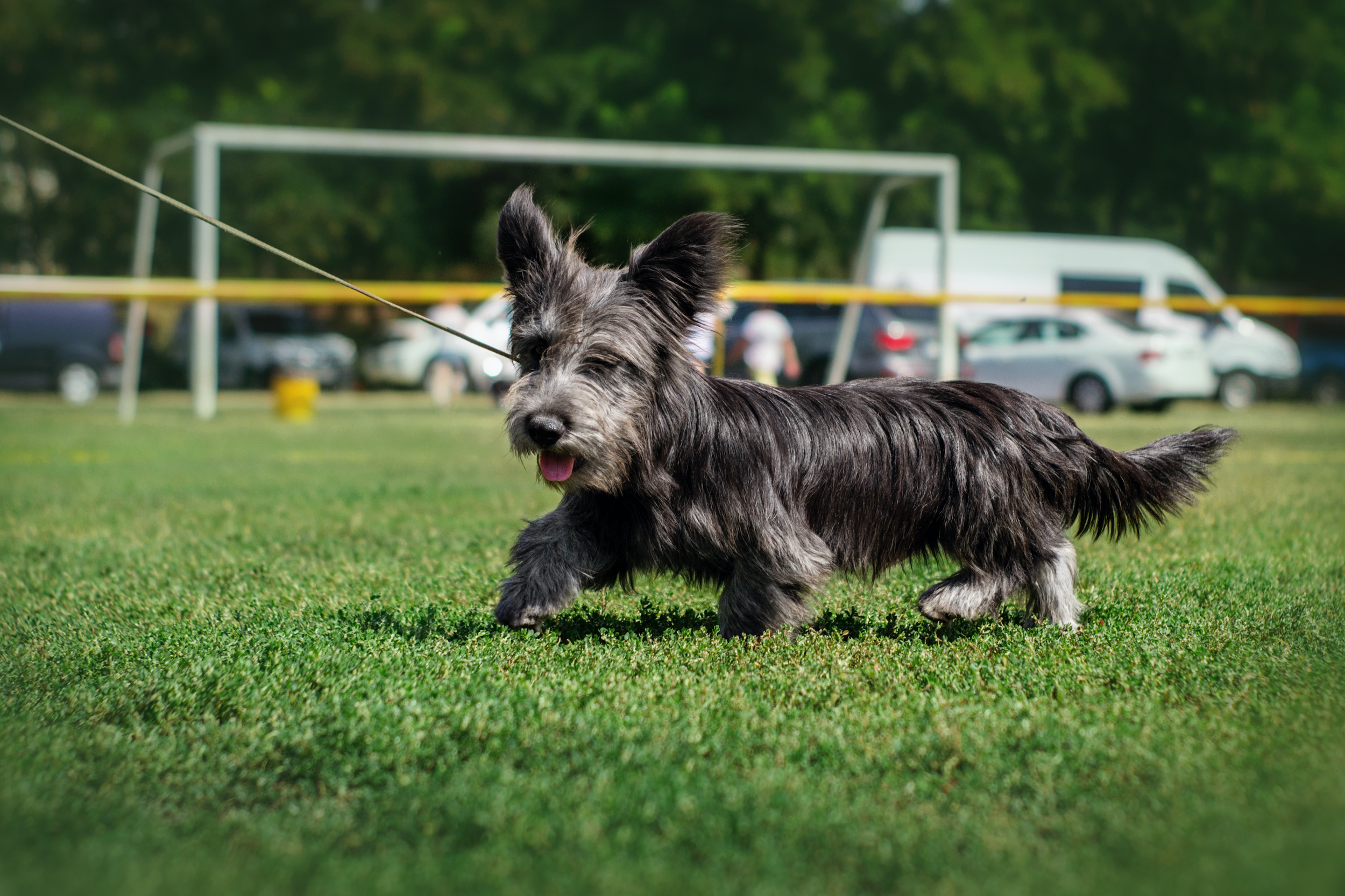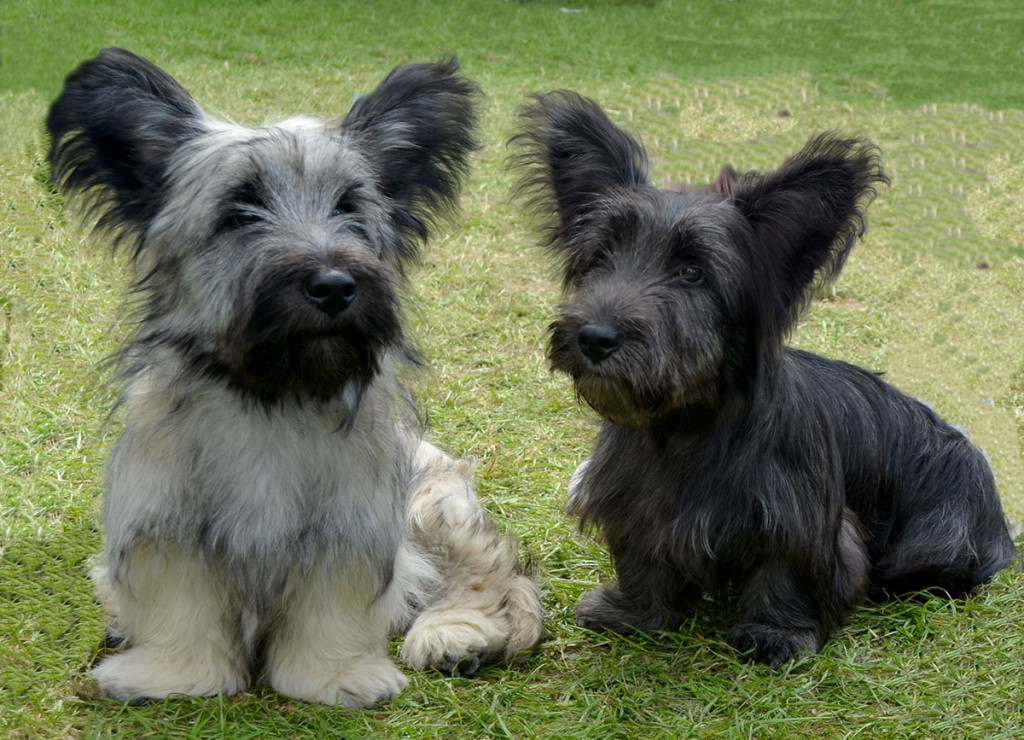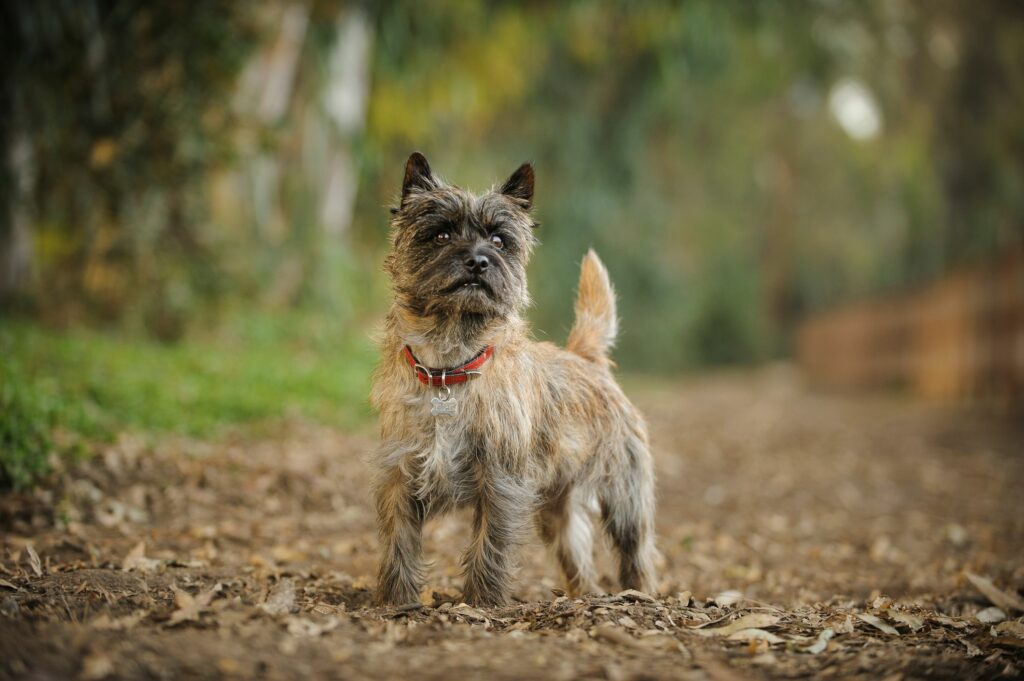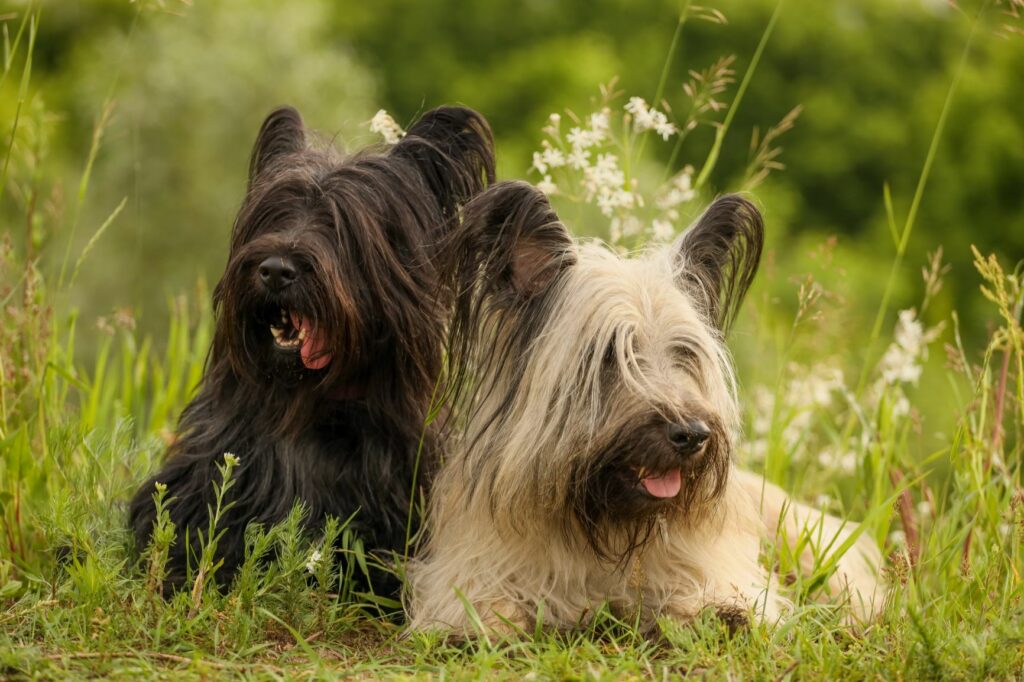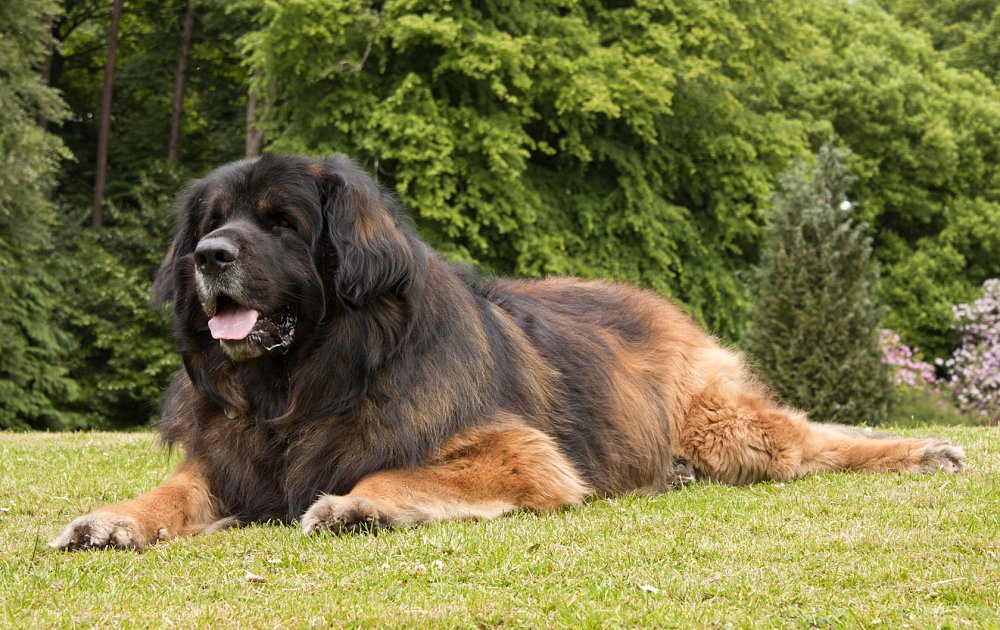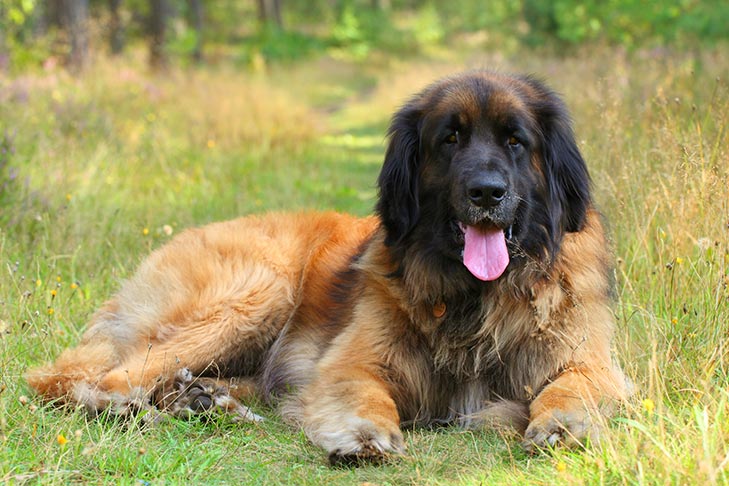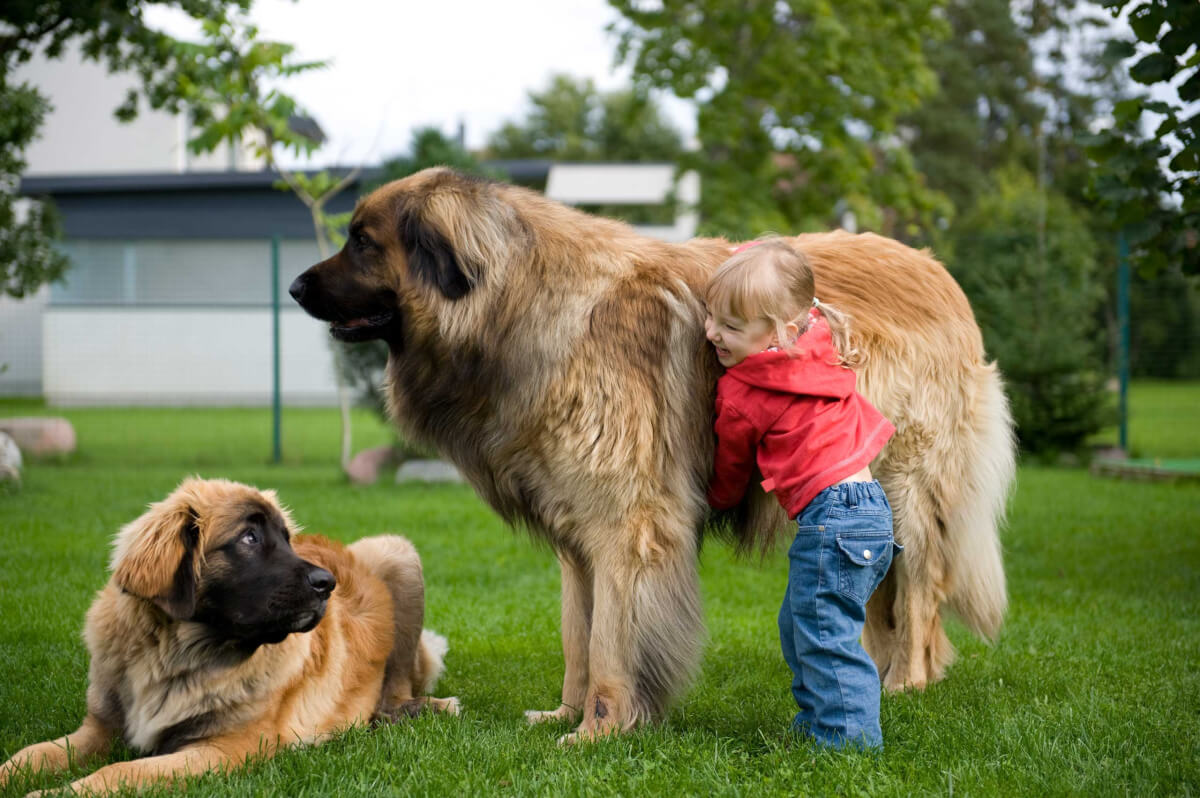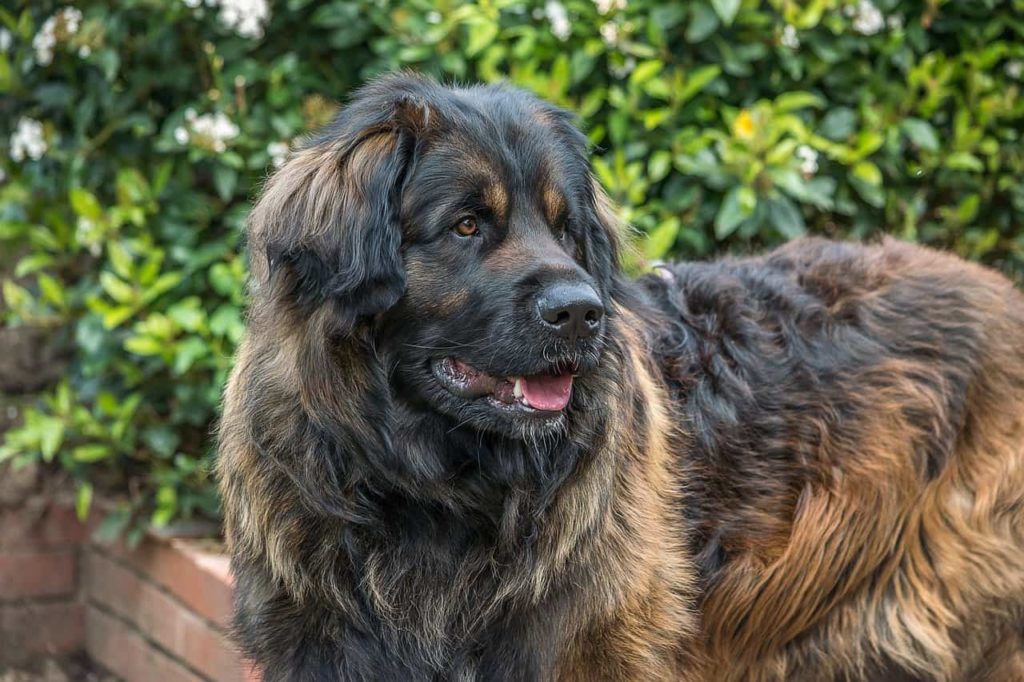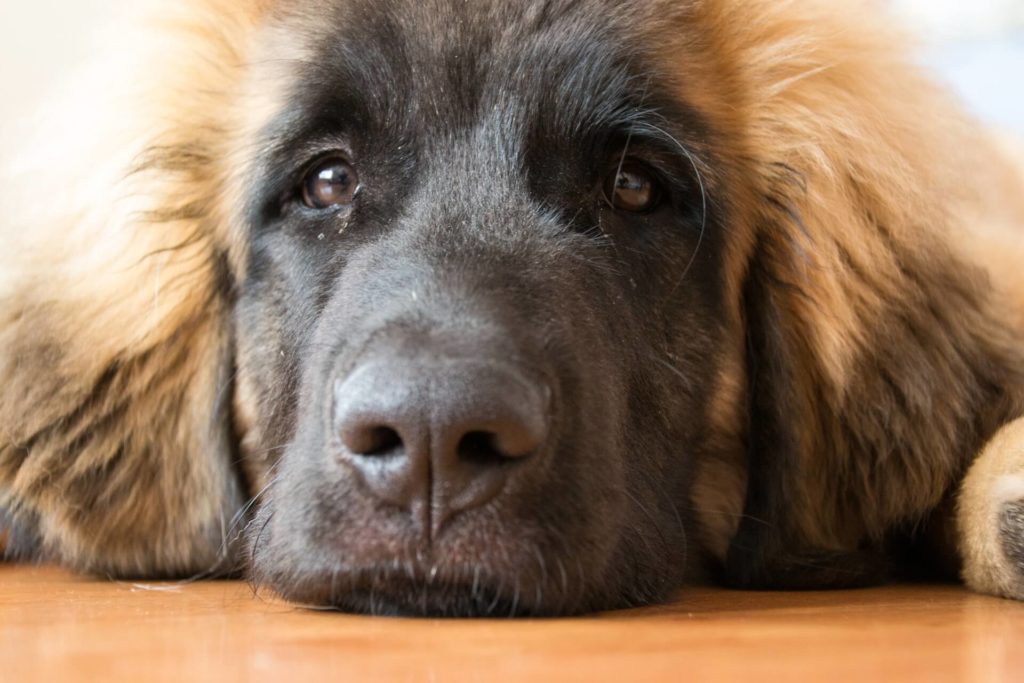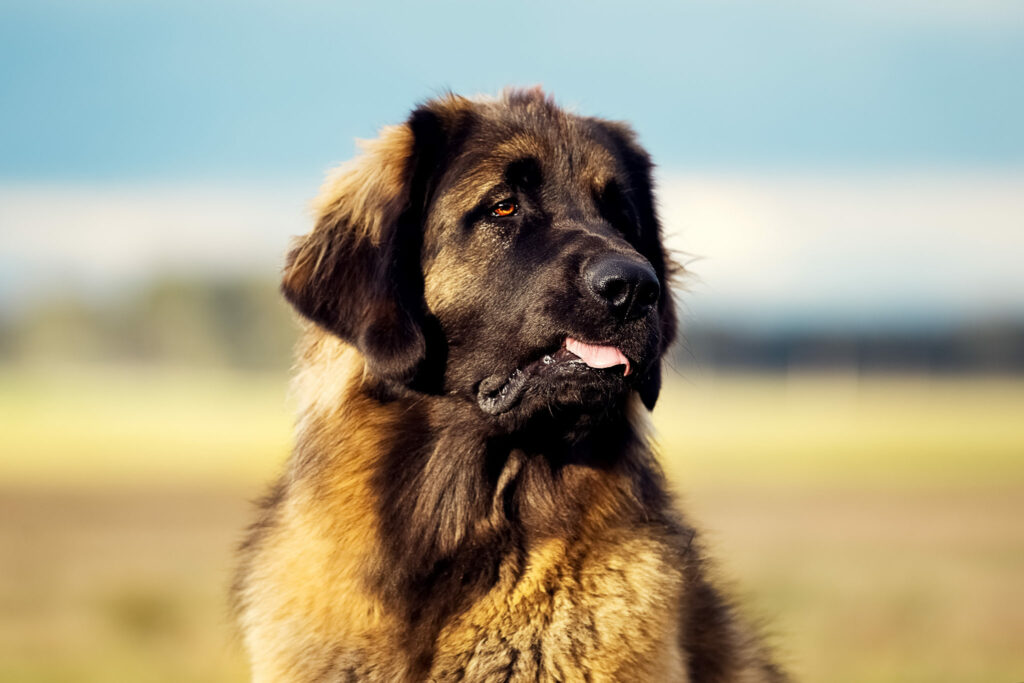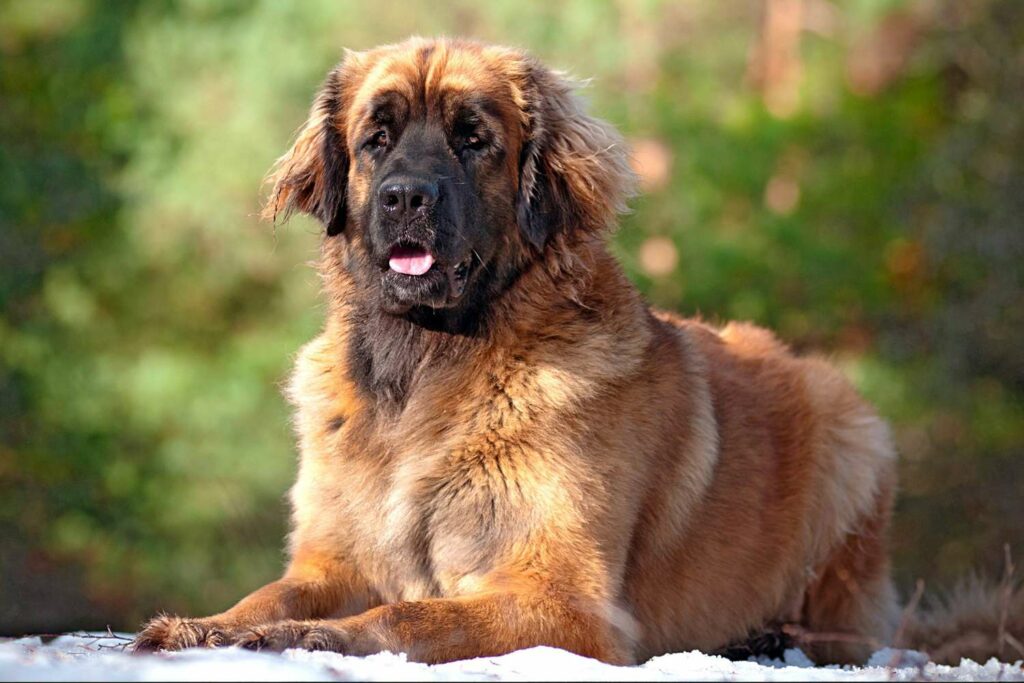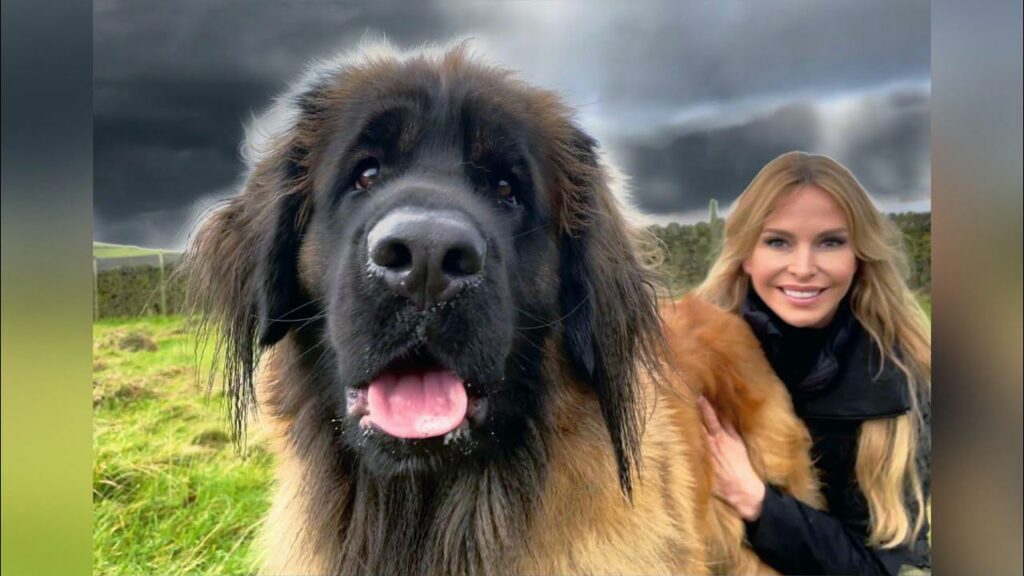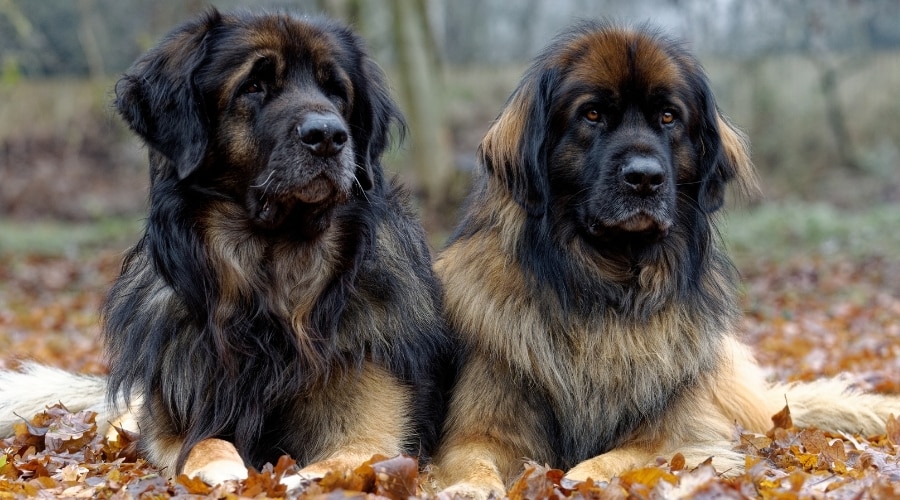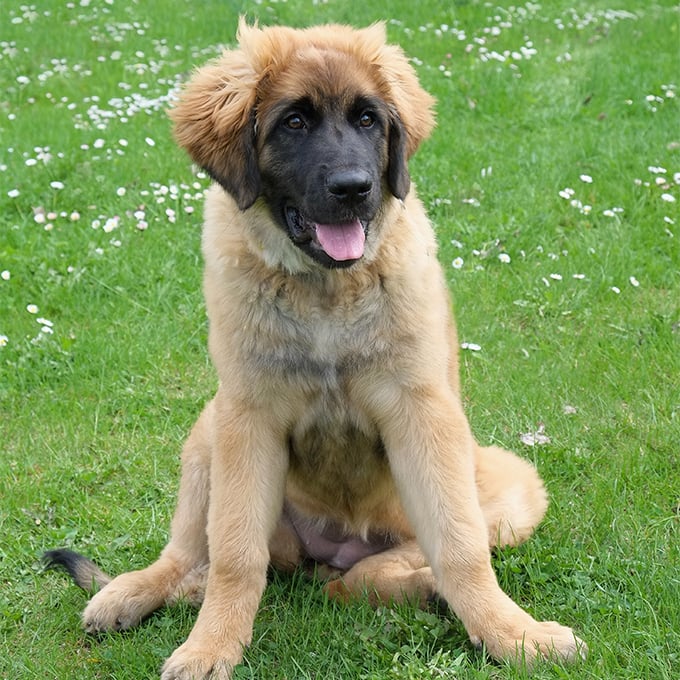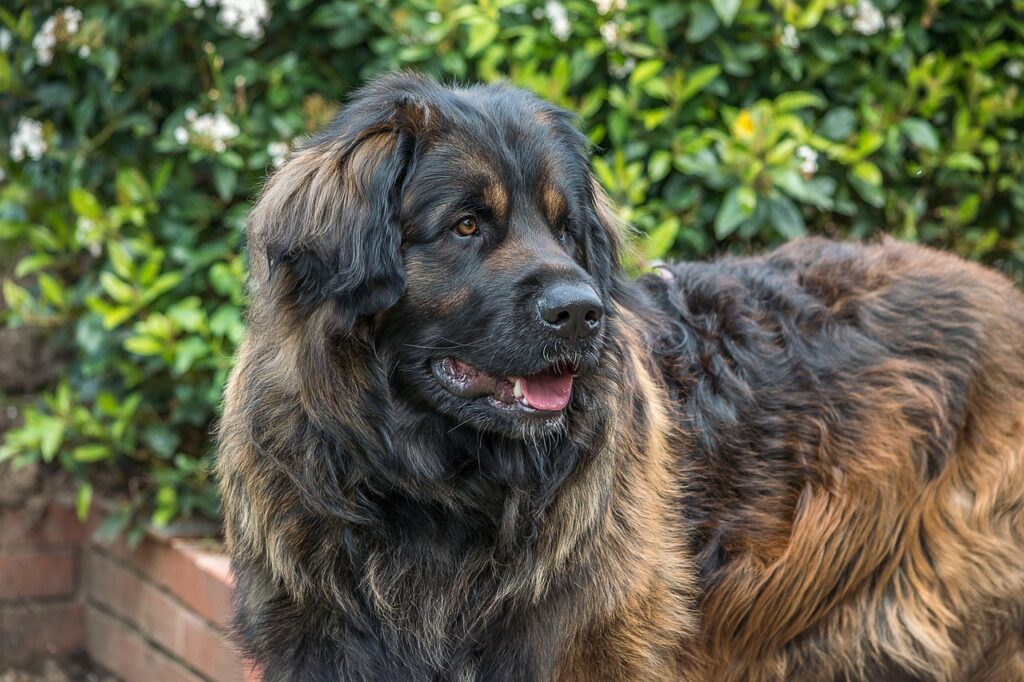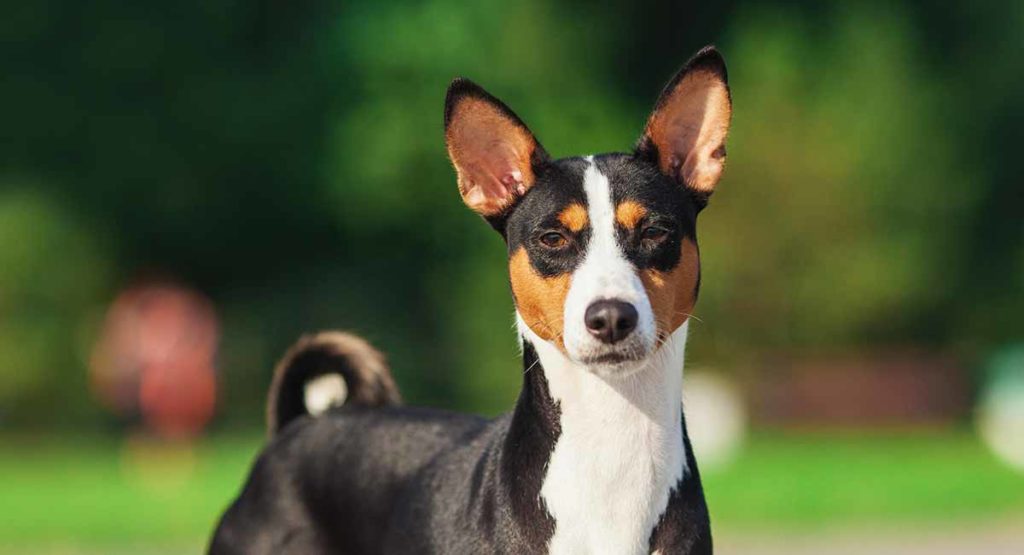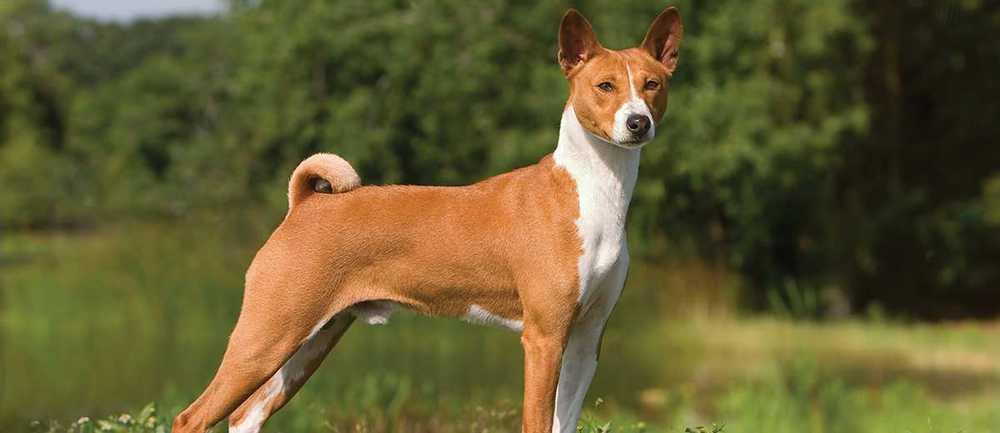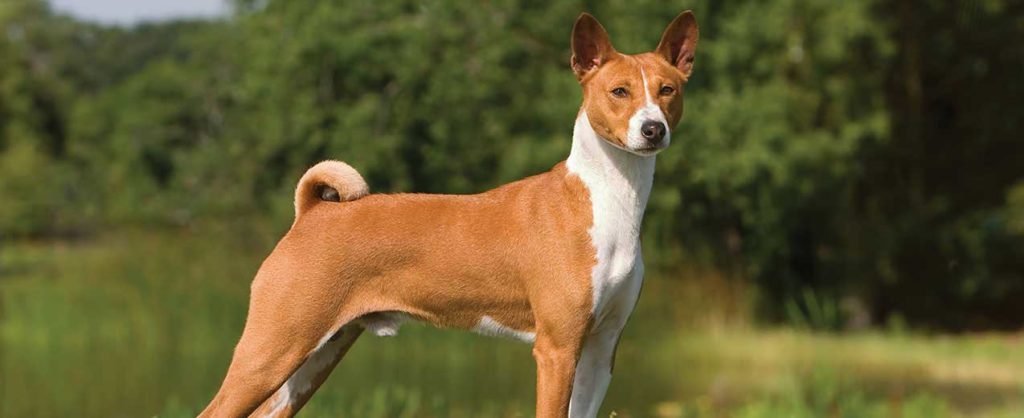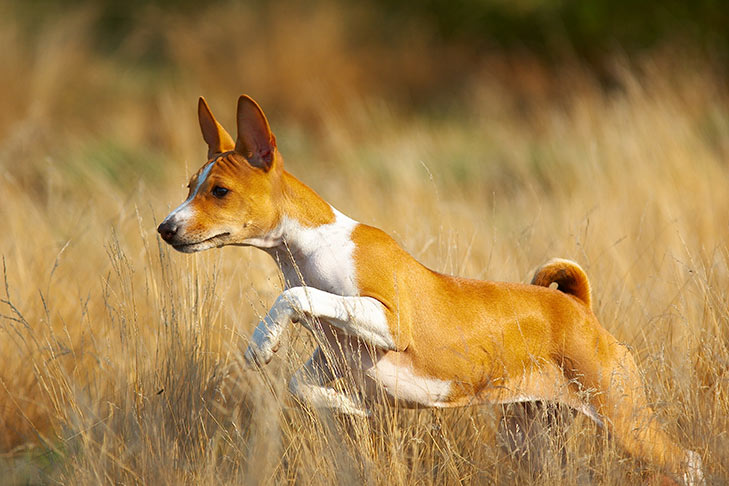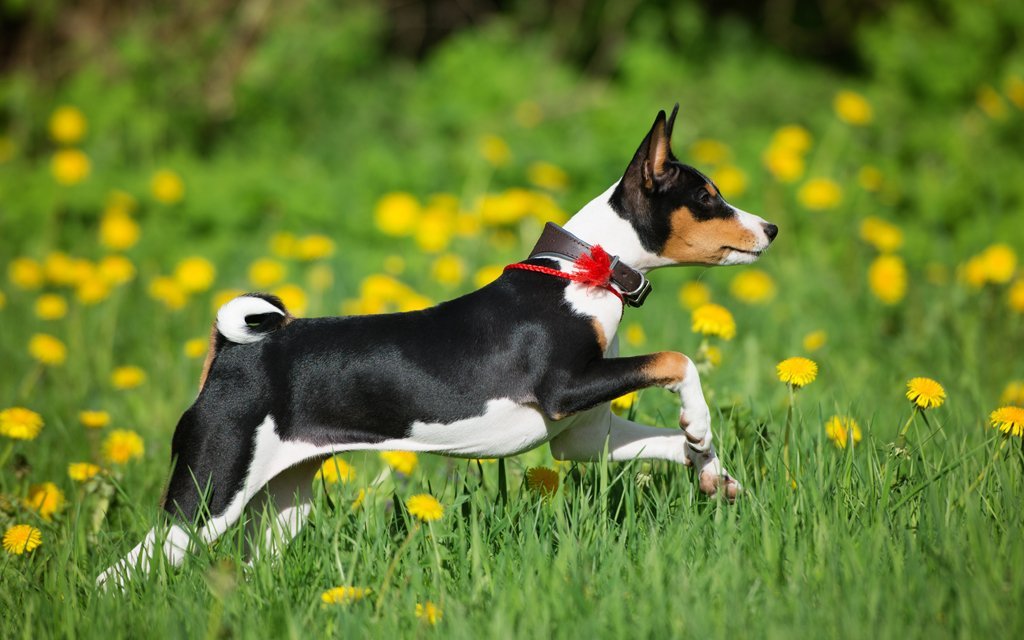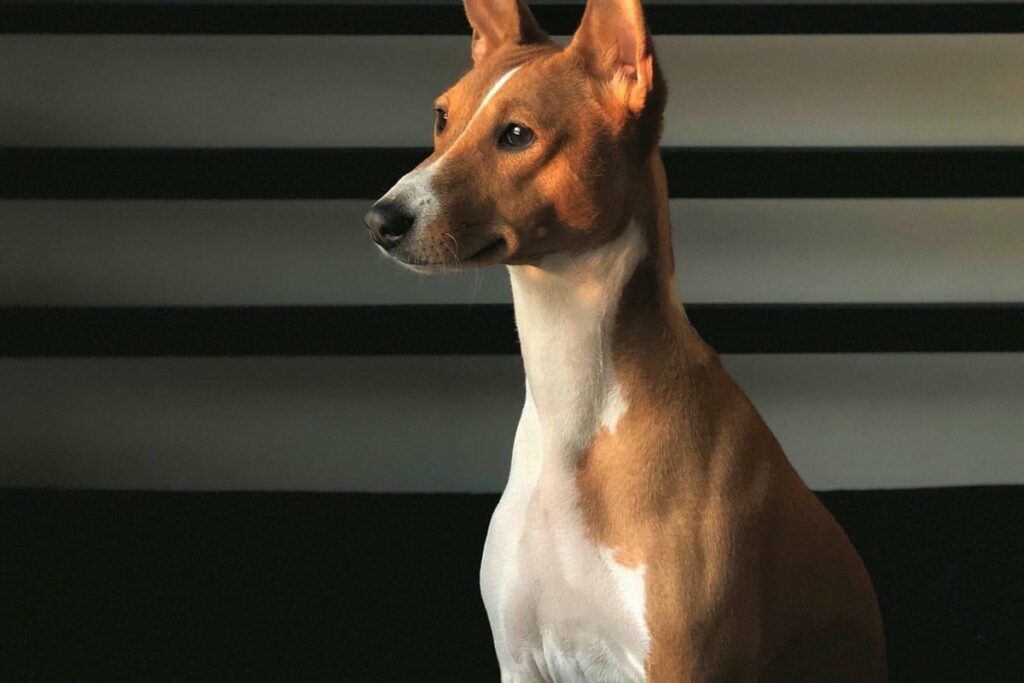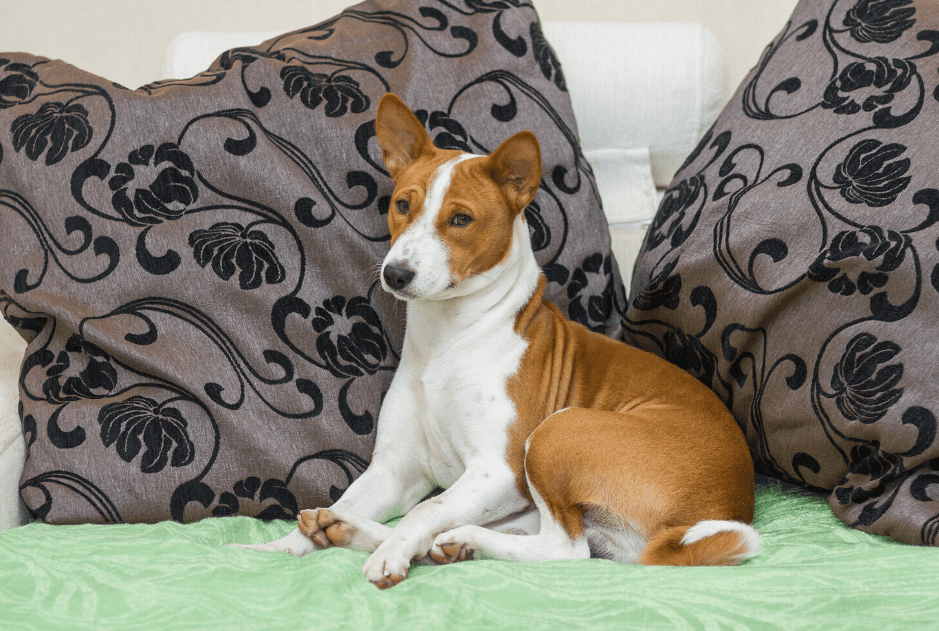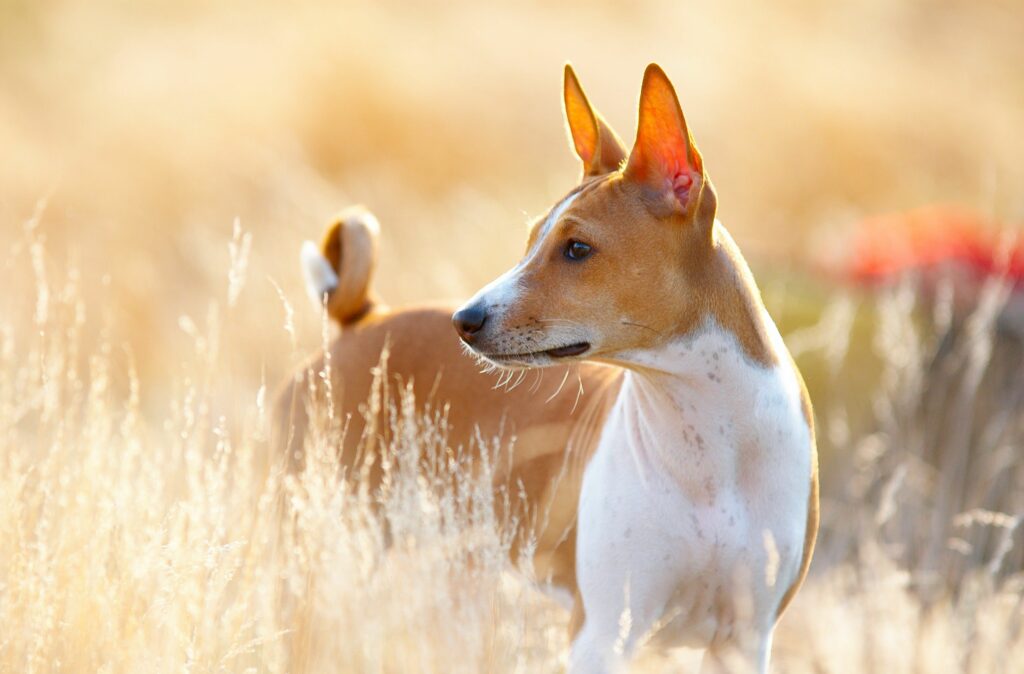The Shih Tzu Dog is a breed of dog that descended from the Pekingese and Lhasa Apso. The breed was rare in China because it had been reserved for Chinese royalty. Dog lovers in Europe were able to import them in 1930, but they remained quite popular until the 1970s when the number of puppies sold dropped off significantly due to new grooming, if you are a lover of this awesome breed, you will know How Much is a Shih Tzu Dog right here in this article.
The Shih Tzu breed originated in China. The name is derived from the Mandarin word shi, which means lion. This breed’s appearance makes it look like a small lion. Evidence of this dog’s ancestors can be traced back to ancient breeds of dogs, particularly Tibetan dogs.
The exact origins of the Shih Tzu are unknown, but it is believed that they have existed since the 14th century as a Chinese royal house pet. They were favorites of Empress T’zu Hsi in the late 19th century.
The Chinese royals didn’t allow the dog to be outside of their nobility. It wasn’t until 1930 that they were imported into Europe, and when they arrived in the U.S. after WWII. The first Shih Tzu breed was recognized by the American Kennel Club (AKC) in 1969.
In China, there is a breed of dog called the Shih Tzu. It has floppy ears and a heavy coat and is curled over the back. It should stand no more than 27 cm at the withers and weigh 4 to 8 kg. The heavily furred tail is carried curled over the back. The coat may be of any color, though white and with blazes of grey.
Shih Tzus aren’t big chewers, but they do like to dig and bark. They enjoy being with people and have a strong desire to be the center of attention.
Shitzu dogs are small in size, but famous for their playful and independent personality. They have a calm temperament and get along well with any other animal or human. However, they aren’t the most obedient of breeds because of their independent nature.
Shih Tzu dogs need to go through proper training and socialization in order to keep them happy and well-adjusted. This may be a small breed of dog, but they still need the same amount of attention as their larger counterparts. They are relatively intelligent but have a stubborn streak that you will have to get used to.
If you are looking for an easily groomed breed, the Shih Tzu is not for you. These dogs require weekly baths with oiling of the coat to help keep matting down and daily grooming to remove any foreign objects that could catch in their coats. Breeds with the correct texture of coat do not mat nearly as much as those with a soft coat.
The Shih Tzu is a very energetic dog breed. If you are not able to give them the exercise they need, they may develop behavioral issues. They are moderately active indoors and can adapt well to living in an apartment as long as you give them time for play. This breed does not do well in hot weather because of their flat faces that limit their ability.
Several health issues, some of them hereditary, have been found in individual Shih Tzu. These include Brachycephalic Syndrome, Intervertebral Disc Disease, Keratoconjunctivitis Sicca (Dry Eye), and Distichiasis. The average lifespan for a Shih Tzu is 10 to 16 years.
Pros
- Loyal and affectionate
- Great with kids
- Loves to sit on your lap
Cons
- High-maintenance coat
- Difficult to housebreak
- Issues with breathing
Shih Tzu Dog Breed Pictures
Shih Tzu Dog Breed Picture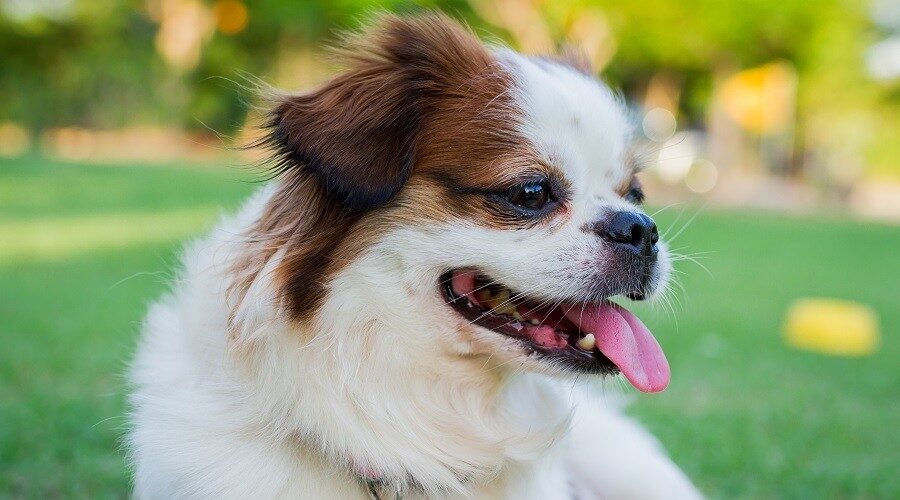
Shih Tzu Dog Breed Picture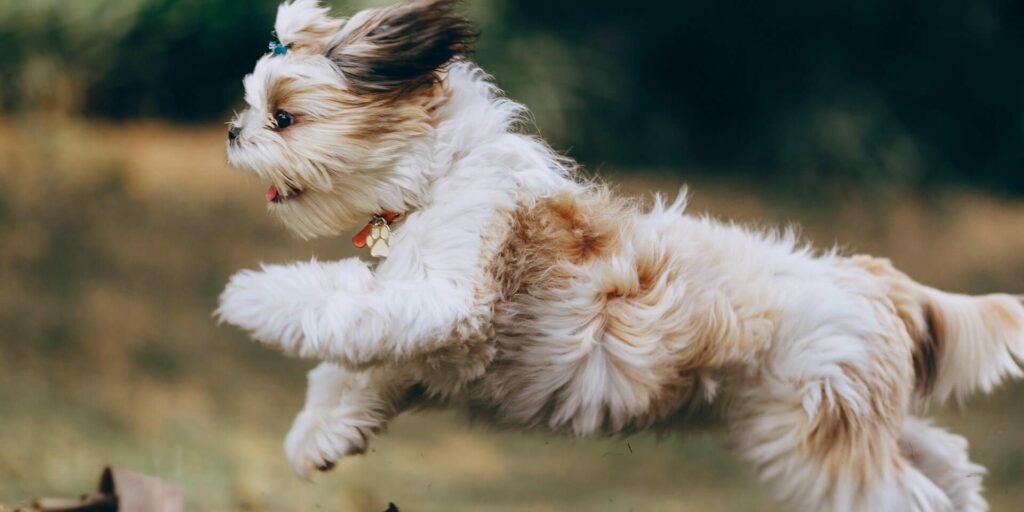
Shih Tzu Dog Breed Picture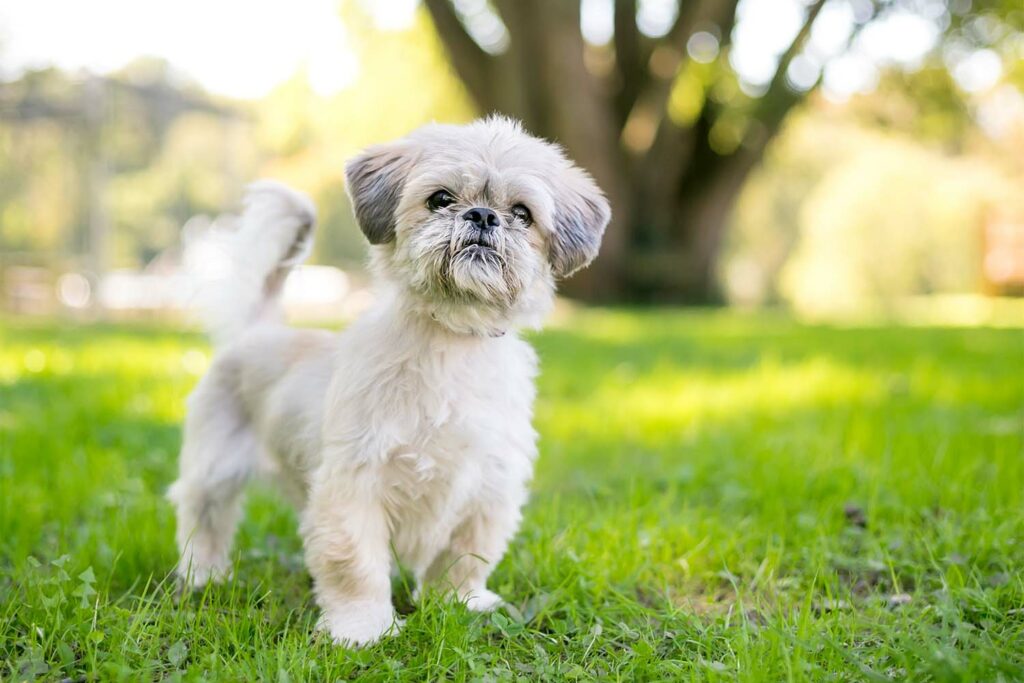
Why Shih Tzu are the Worst Dog
Shih Tzus are a small breed known for their long, flowing coats and friendly personalities. They were originally bred as companion dogs and can make wonderful pets for the right person or family. However, like any dog breed, Shih Tzus have their own characteristics and requirements that may not suit everyone’s preferences or circumstances.
Some common concerns or challenges associated with Shih Tzus include:
- Grooming: Shih Tzus have long, luxurious coats that require regular grooming to prevent matting and keep them clean. This can be time-consuming and may involve professional grooming or regular maintenance at home.
- Health issues: Shih Tzus are prone to certain health conditions, such as eye problems, respiratory issues, and dental problems. Responsible breeders strive to minimize these risks through careful breeding practices, but potential owners should be aware of these health concerns.
- Training: Shih Tzus can be independent and stubborn at times, which might make training more challenging. Consistent and patient training methods are necessary to teach them good behavior and obedience.
- Socialization: Like any dog, proper socialization is crucial for Shih Tzus. Early and ongoing exposure to different people, animals, and environments can help prevent them from becoming anxious or fearful.
Many Shih Tzus make loving, loyal, and wonderful companions for the right owners who are prepared to meet their needs and provide proper care and training. Ultimately, the suitability of a particular dog breed depends on an individual’s preferences, lifestyle, and ability to meet the dog’s needs.
how long does a shih tzu dog live
On average, Shih Tzu dogs have a lifespan of about 10 to 16 years. However, it’s important to note that individual dogs can vary, and various factors can influence their life expectancy. Proper care, including a nutritious diet, regular exercise, veterinary check-ups, and a safe environment, can contribute to a longer and healthier life for your Shih Tzu. Genetics, overall health, and any potential breed-specific health issues can also play a role in determining their lifespan.
How Much is a Shih Tzu Dog
The price of a Shih Tzu dog can vary depending on various factors such as the breeder, location, lineage, and the dog’s overall quality. On average, you can expect to pay anywhere between $500 to $2,000 for a Shih Tzu puppy from a reputable breeder. Show-quality or rare color variations of Shih Tzus may command a higher price.
There are additional expenses to consider, such as vaccinations, spaying/neutering, microchipping, supplies (food, toys, bedding, etc.), grooming, veterinary care, and ongoing maintenance costs. It’s crucial to budget for these expenses and provide proper care for your Shih Tzu throughout its life.
What is the Best Dog Food for Shih Tzu
While individual preferences may vary on the best dog food for shih tzu, here are a few popular dog food brands that offer options suitable for Shih Tzus:
- Royal Canin Shih Tzu Breed Health Nutrition
- Hill’s Science Diet Small Paws for Small Breeds
- Blue Buffalo Life Protection Formula Small Breed
- Wellness Complete Health Small Breed
- Nutro Ultra Small Breed
- Merrick Lil’ Plates Grain-Free Small Breed
Royal Canin Shih Tzu Breed Health Nutrition
Royal Canin Shih Tzu Breed Health Nutrition is a specific line of dog food formulated by Royal Canin, a well-known pet food brand. It is designed to meet the unique nutritional needs of Shih Tzus, a small dog breed known for its long, flowing coat and distinct facial features.
The Royal Canin Shih Tzu Breed Health Nutrition aims to provide targeted nutrition to support the overall health and well-being of Shih Tzus. The formula takes into consideration the breed’s specific requirements, including their coat, dental health, and digestive system.
Here are some key features and benefits of Royal Canin Shih Tzu Breed Health Nutrition:
- Coat health: The food includes specific nutrients, such as omega-3 fatty acids (EPA and DHA) and omega-6 fatty acids, to help nourish and maintain the Shih Tzu’s long, luxurious coat.
- Skin support: The formula contains essential nutrients, including vitamins and minerals, to promote healthy skin and help prevent common skin issues that Shih Tzus may face.
- Dental health: The kibble is designed with a shape and texture that encourages chewing, which can help promote good oral health and reduce the formation of tartar and plaque.
- Digestive support: The food is formulated with high-quality proteins and prebiotics to support optimal digestion and promote a healthy intestinal flora.
- Exclusive kibble design: The kibble size, shape, and texture are customized for the Shih Tzu breed, making it easier for them to pick up and chew.
Hill’s Science Diet Small Paws for Small Breeds
Hill’s Science Diet Small Paws for Small Breeds is a specialized dog food formula designed specifically for small-breed dogs. It is part of the Hill’s Science Diet brand, which is known for its focus on providing balanced nutrition for pets.
Small-breed dogs have unique nutritional needs due to their smaller size and higher metabolic rate. Hill’s Science Diet Small Paws is formulated to address these specific requirements. It typically contains high-quality ingredients, including real meat as the primary protein source, along with a blend of grains, vegetables, and fruits.
The Small Paws formula aims to support the overall health and well-being of small-breed dogs. It usually includes a balance of essential nutrients such as proteins, carbohydrates, fats, vitamins, and minerals to promote optimal growth, development, and maintenance of muscle mass. It may also contain antioxidants for a healthy immune system, omega-3 fatty acids for a shiny coat and healthy skin, and a controlled level of calories to help prevent weight gain.
It’s important to note that while Hill’s Science Diet Small Paws is designed for small-breed dogs, it’s always a good idea to consult with your veterinarian to determine the most suitable diet for your specific dog’s needs. They can provide guidance on choosing the right dog food based on factors such as age, weight, activity level, and any existing health conditions.
Blue Buffalo Life Protection Formula Small Breed
Blue Buffalo Life Protection Formula Small Breed is a specific line of dog food manufactured by the Blue Buffalo Company. This formula is designed to meet the nutritional needs of small dog breeds. Blue Buffalo is known for producing high-quality pet food that focuses on using natural ingredients and avoiding common allergens.
The Life Protection Formula for small breeds typically includes a blend of real meat (such as chicken, lamb, or fish) as the primary ingredient. It also contains wholesome grains, fruits, and vegetables, which provide essential vitamins, minerals, and antioxidants. The formula aims to support the overall health and well-being of small breed dogs.
Additionally, Blue Buffalo often includes their exclusive LifeSource Bits in their formulas. These are a precise blend of nutrients that are cold-formed to retain their potency. LifeSource Bits provide a variety of vitamins, minerals, and antioxidants to support immune system health, oxidative balance, and a healthy oxidative balance.
It’s worth noting that while Blue Buffalo aims to produce high-quality pet food, individual dogs may have specific dietary requirements or sensitivities. It’s always a good idea to consult with your veterinarian before making any changes to your dog’s diet or choosing a specific brand or formula.
Wellness Complete Health Small Breed
Wellness Complete Health Small Breed is a brand of dog food specifically formulated to meet the nutritional needs of small breed dogs. It is produced by Wellness Natural Pet Food, a company that specializes in creating high-quality pet food products.
The Wellness Complete Health Small Breed formula is designed to support the overall health and well-being of small breed dogs through a balanced and nutritious diet. It typically contains a combination of high-quality animal proteins, such as chicken, turkey, or fish, as the main ingredient to provide essential amino acids for muscle development and maintenance.
Additionally, Wellness Complete Health Small Breed includes a mix of whole grains, such as brown rice or oatmeal, as well as fruits and vegetables to provide carbohydrates, fiber, vitamins, and minerals. The formula also incorporates beneficial supplements like omega-3 fatty acids, antioxidants, and probiotics to support healthy skin, coat, immune system, and digestive health.
The specific ingredients and nutritional composition of Wellness Complete Health Small Breed may vary depending on the specific recipe or variant within the product line. It’s always recommended to carefully review the product label or consult with your veterinarian to ensure it meets the specific dietary needs of your small breed dog.
Nutro Ultra Small Breed
Nutro Ultra Small Breed is a line of dog food specifically formulated for small breeds. However, as an AI language model, my training only goes up until September 2021, and I don’t have access to real-time information or updates on specific product lines or brands.
That being said, as of my last knowledge update, Nutro Ultra is a brand that offers a variety of dog food formulas, including options for small breeds. The Nutro Ultra Small Breed formula is designed to meet the nutritional needs of small breed dogs, taking into account their higher metabolic rates and specific dietary requirements.
If you are considering Nutro Ultra Small Breed or any other dog food, it’s always a good idea to consult with your veterinarian. They can provide specific recommendations based on your dog’s individual needs, health condition, and dietary requirements. Additionally, checking the Nutro brand’s official website or contacting their customer service directly would provide you with the most up-to-date and accurate information about their product offerings.
Merrick Lil’ Plates Grain-Free Small Breed
Merrick Lil’ Plates Grain-Free Small Breed is a line of dog food specifically formulated for small breed dogs. It is produced by Merrick Pet Care, a company known for its high-quality pet food products.
The Grain-Free Small Breed formula is designed to meet the unique nutritional needs of small breed dogs. It is made without any grains, such as wheat, corn, or soy, which are common allergens for dogs and can cause digestive issues. Instead, the food features a combination of high-quality proteins, healthy fats, and a variety of fruits and vegetables.
RECOMMENDED ARTICLES
This website’s material is not intended to be a substitute for expert safety advice or professional treatment, nor should it be used to diagnose or treat any health issue or condition. It also is not meant to give any legal opinion or advice. For legal, medical, or other professional advice, please contact your Veterinary Doctor or other healthcare provider. We do not assume any duty for and do not warrant the reliability or operation of, the goods or services we evaluate, which are offered by third parties. Only educational aims are served by our content.
If you like, please share it. Sharing is usually caring.
